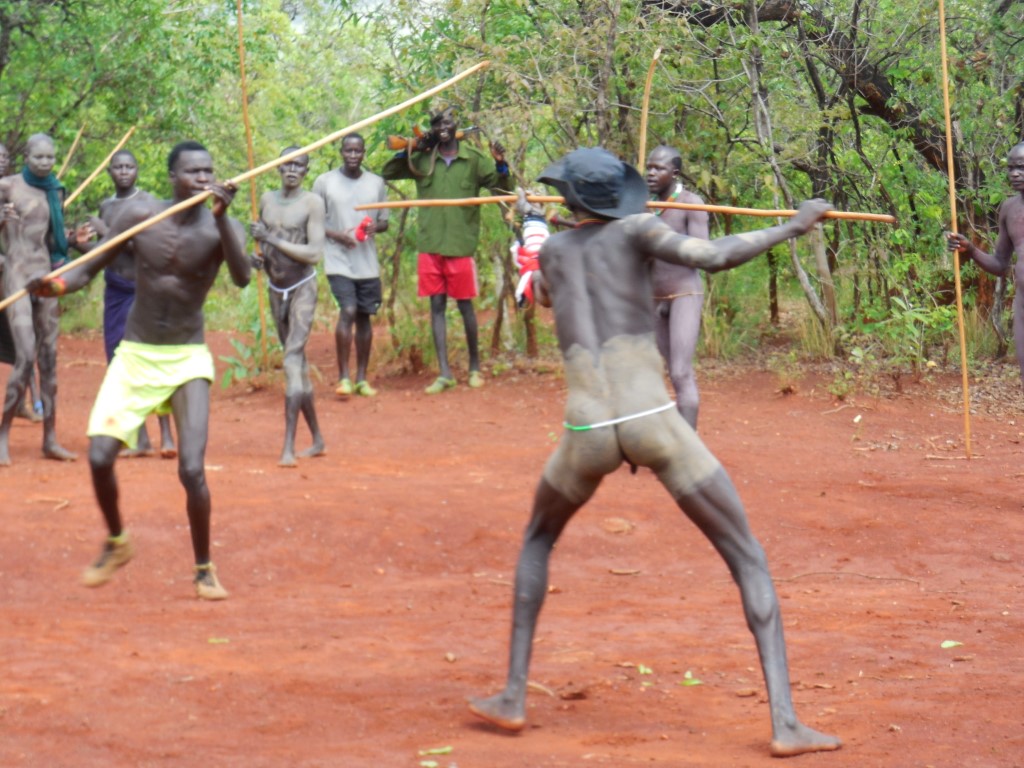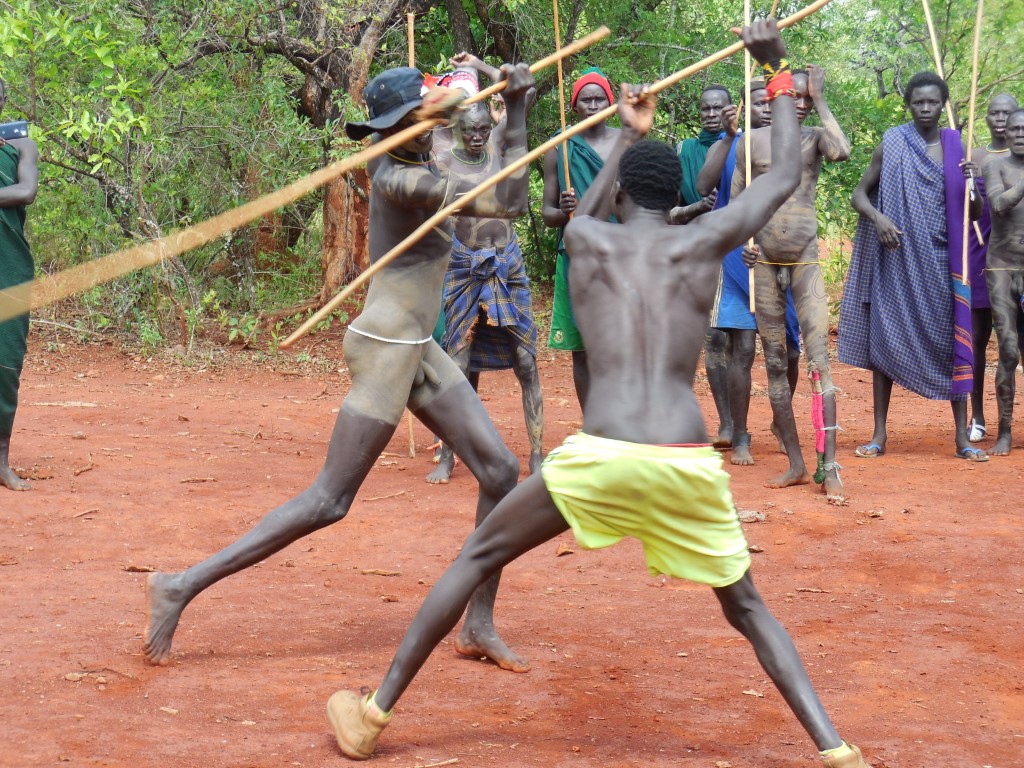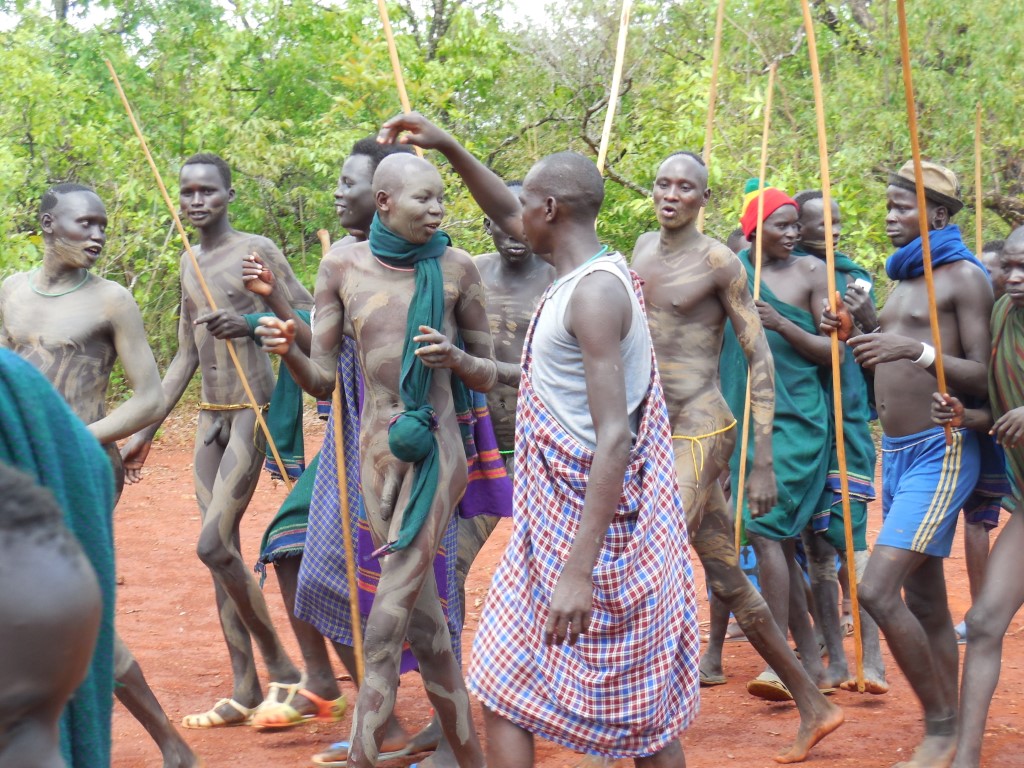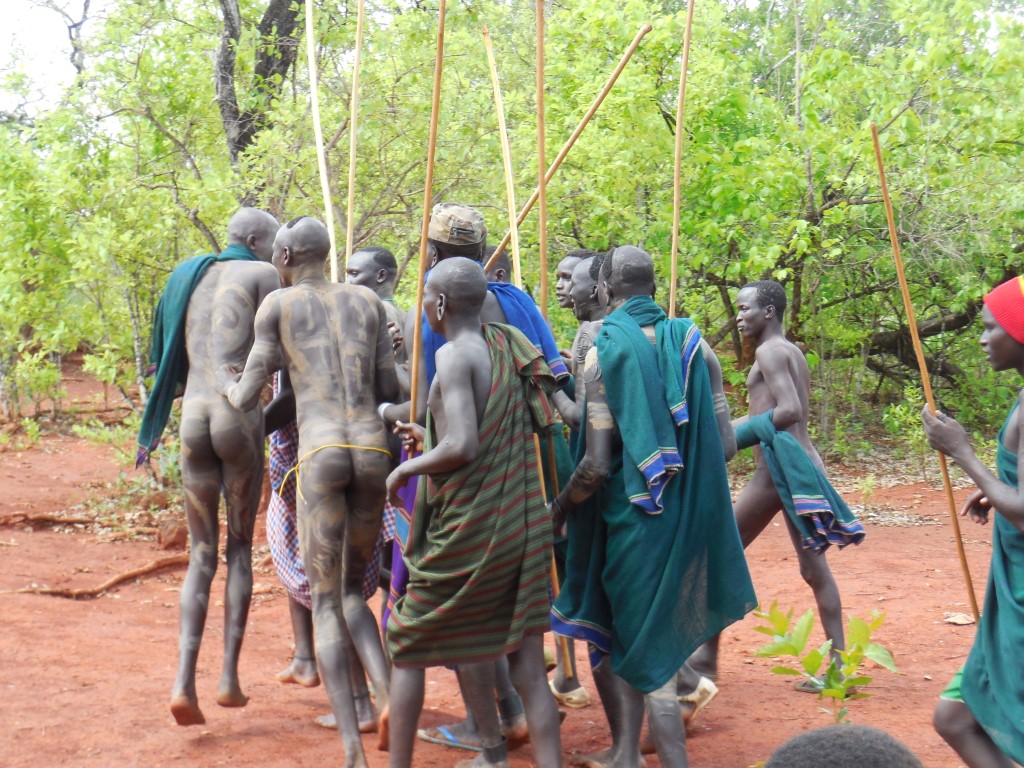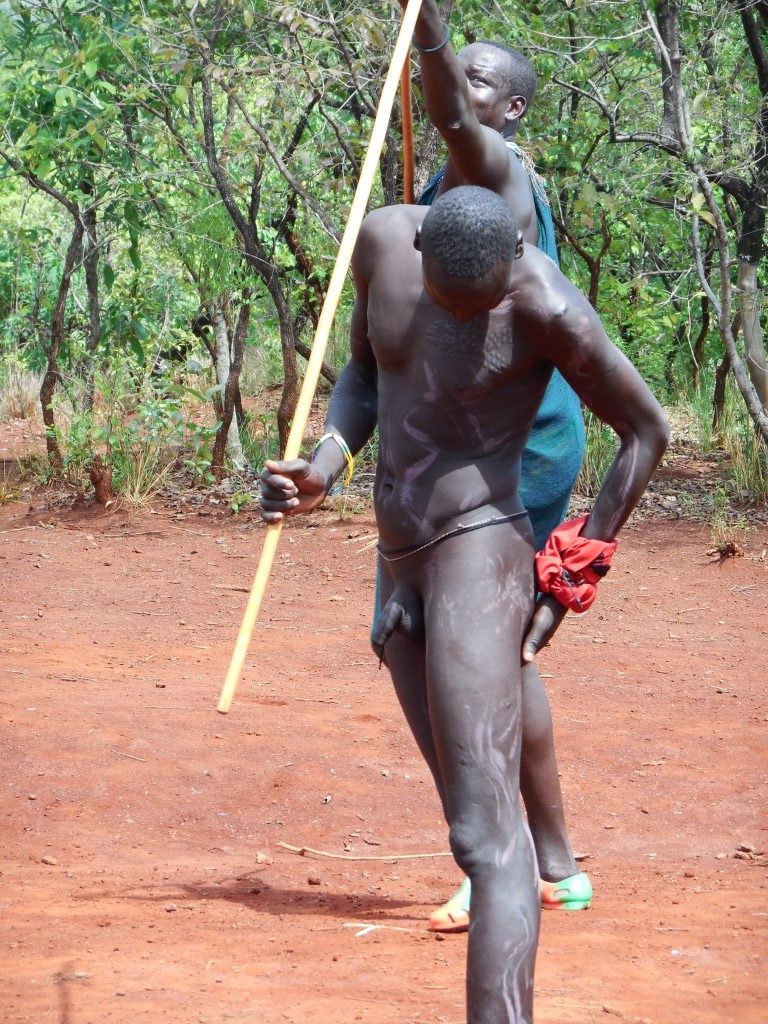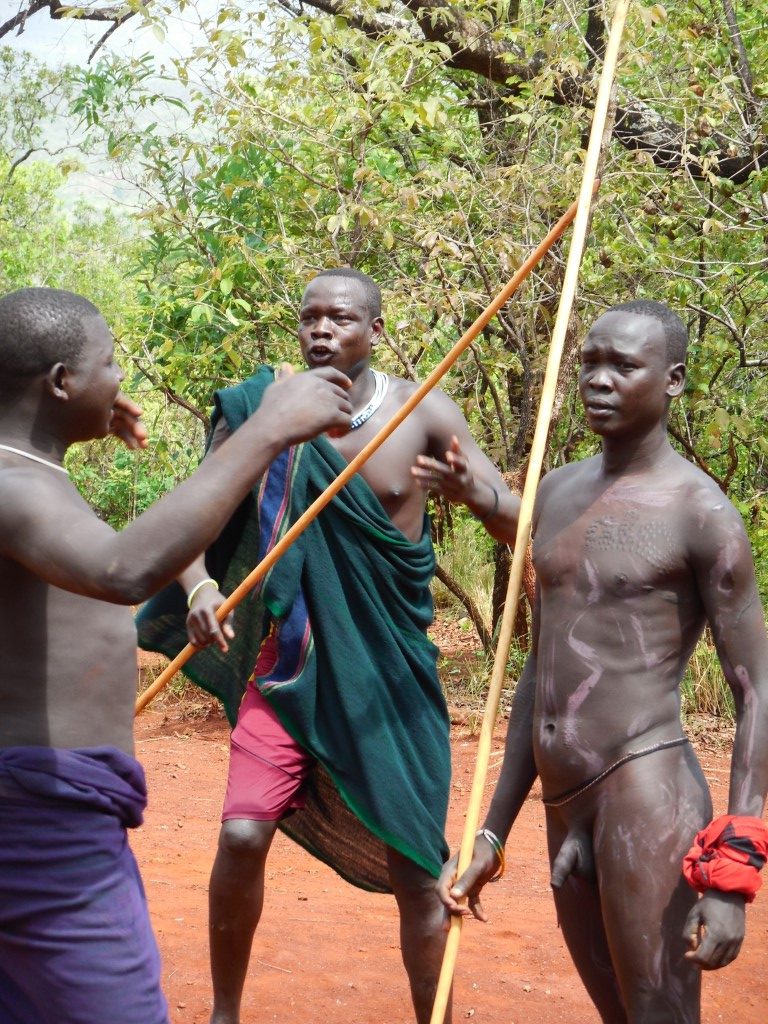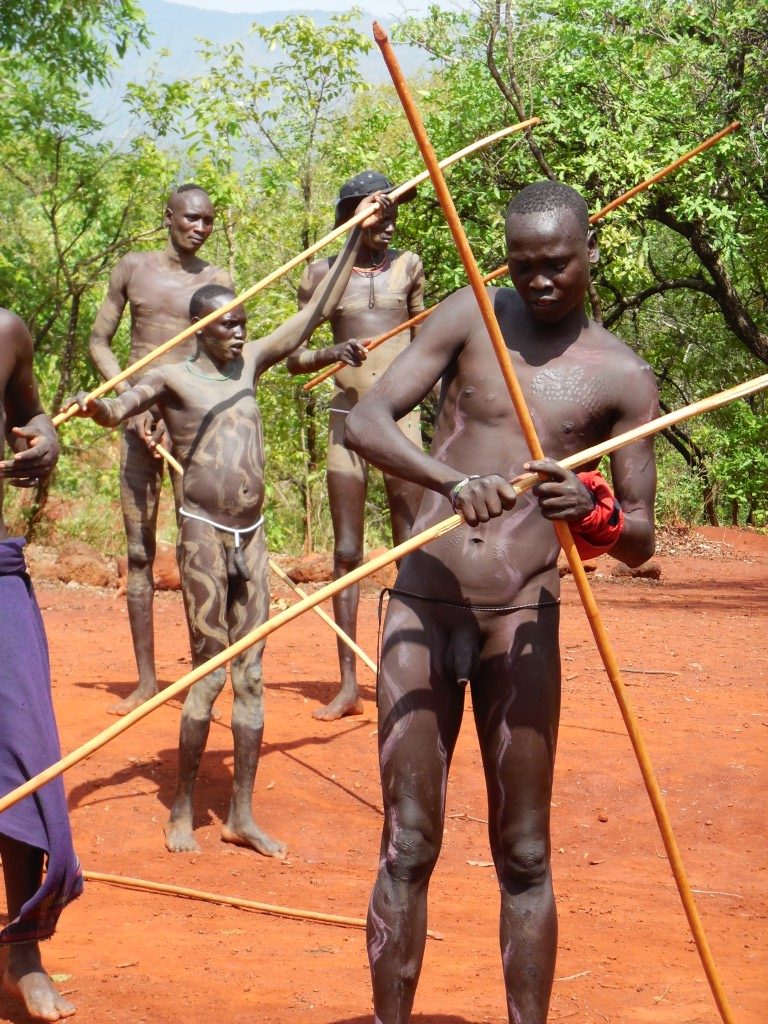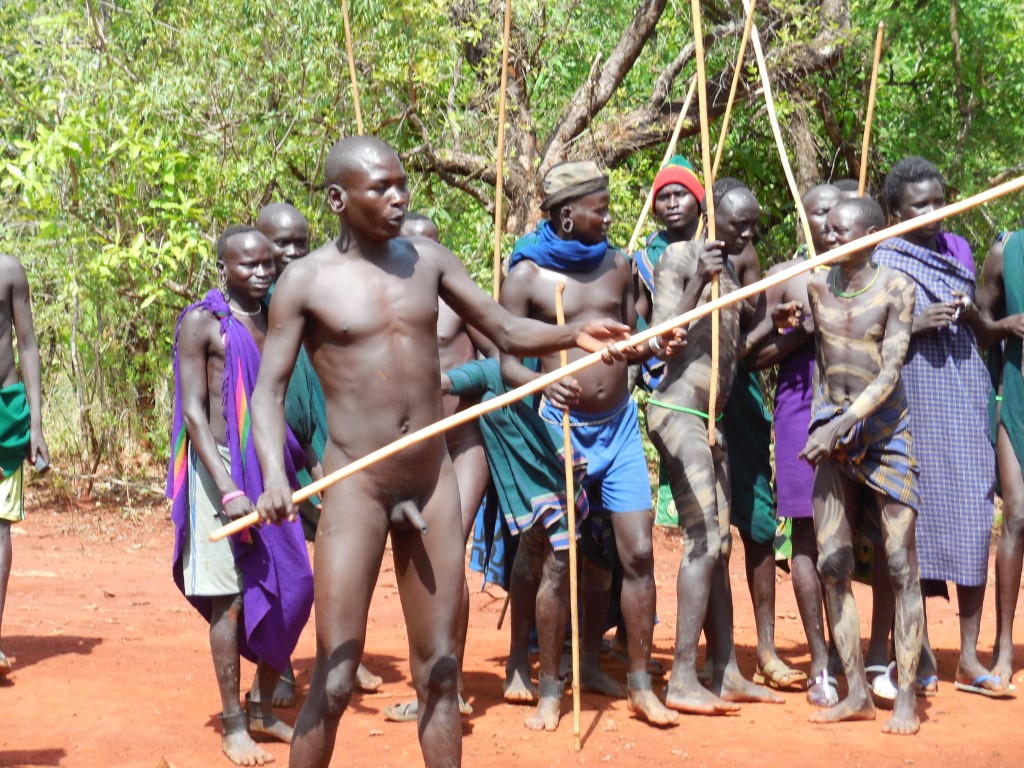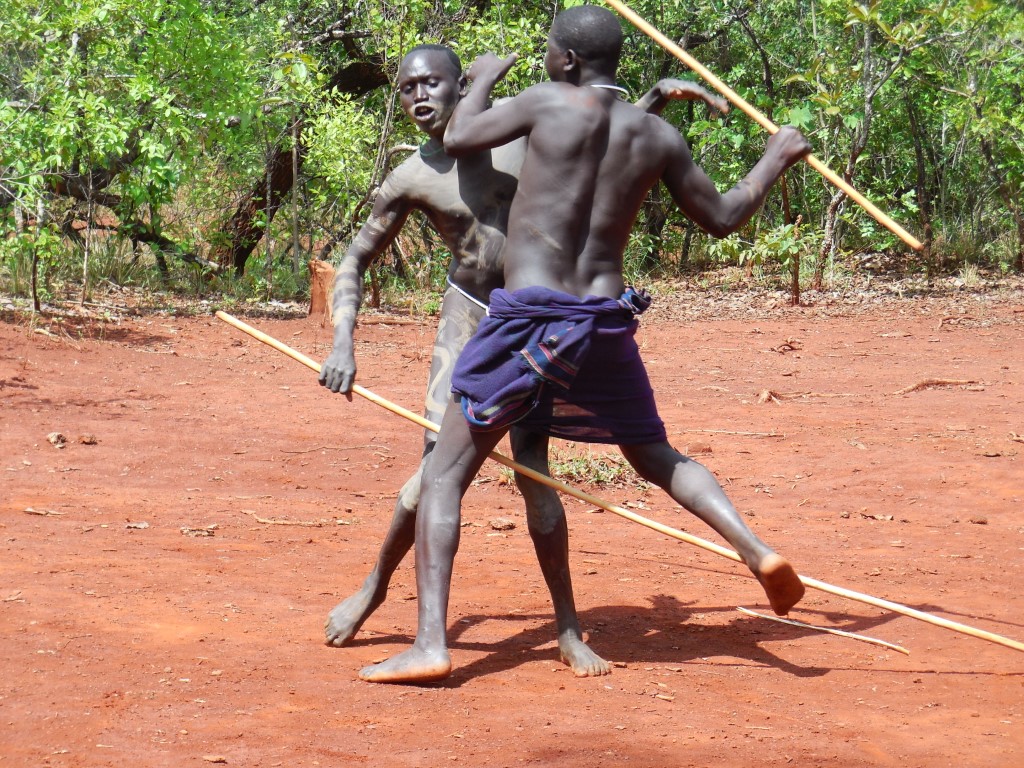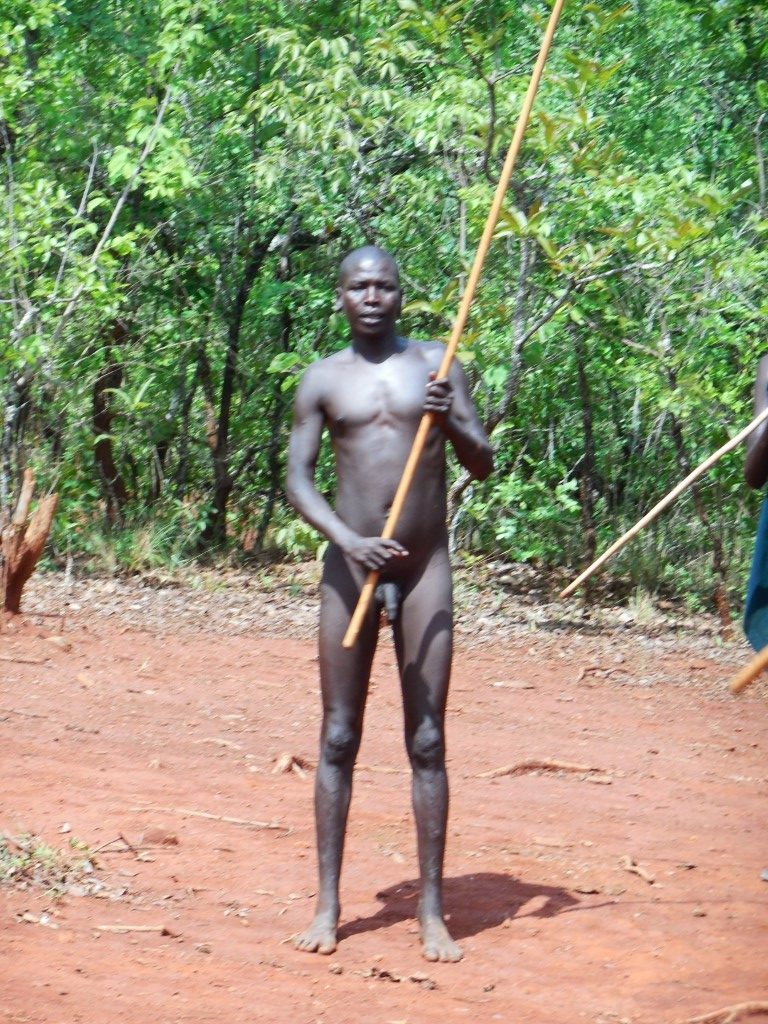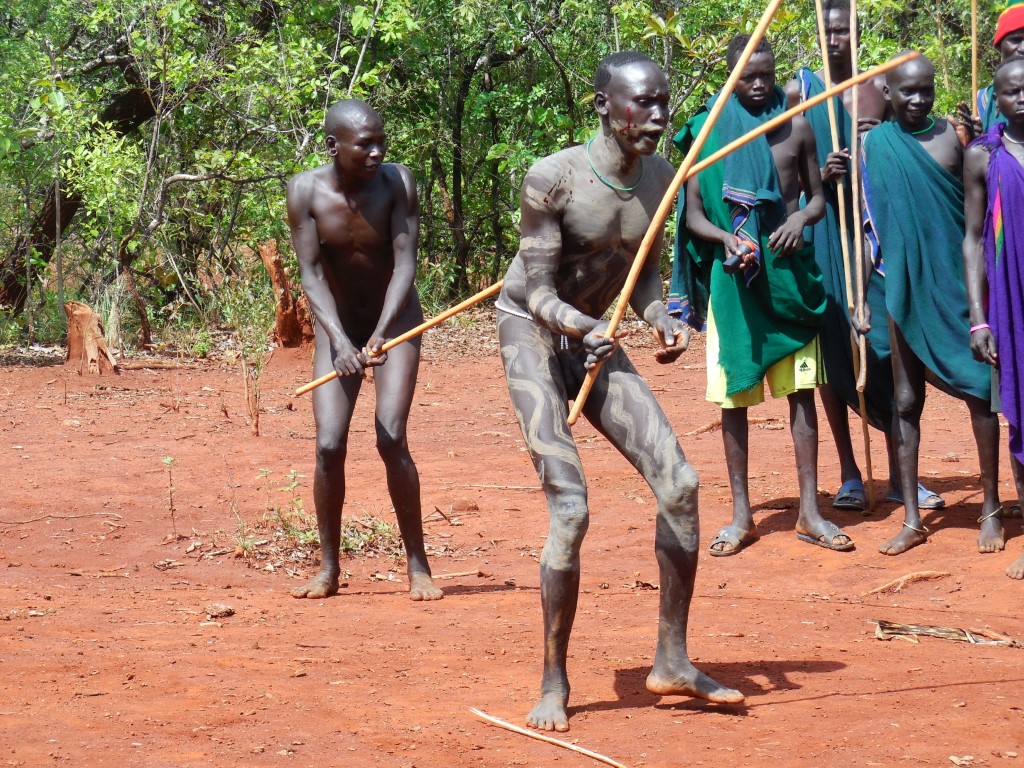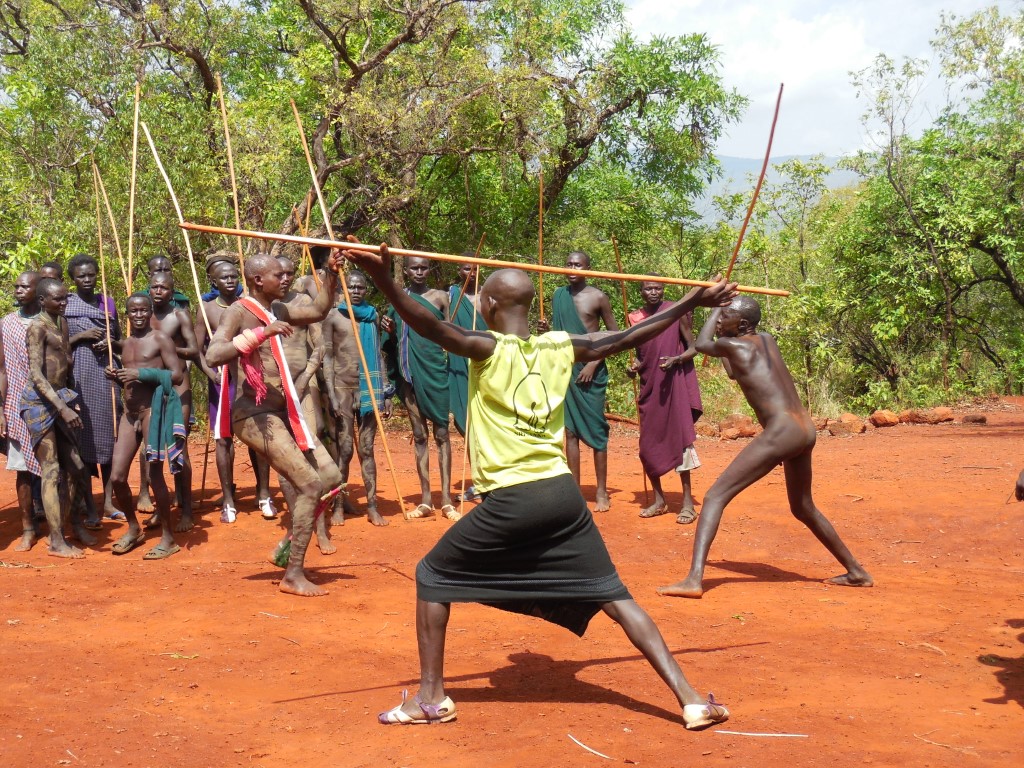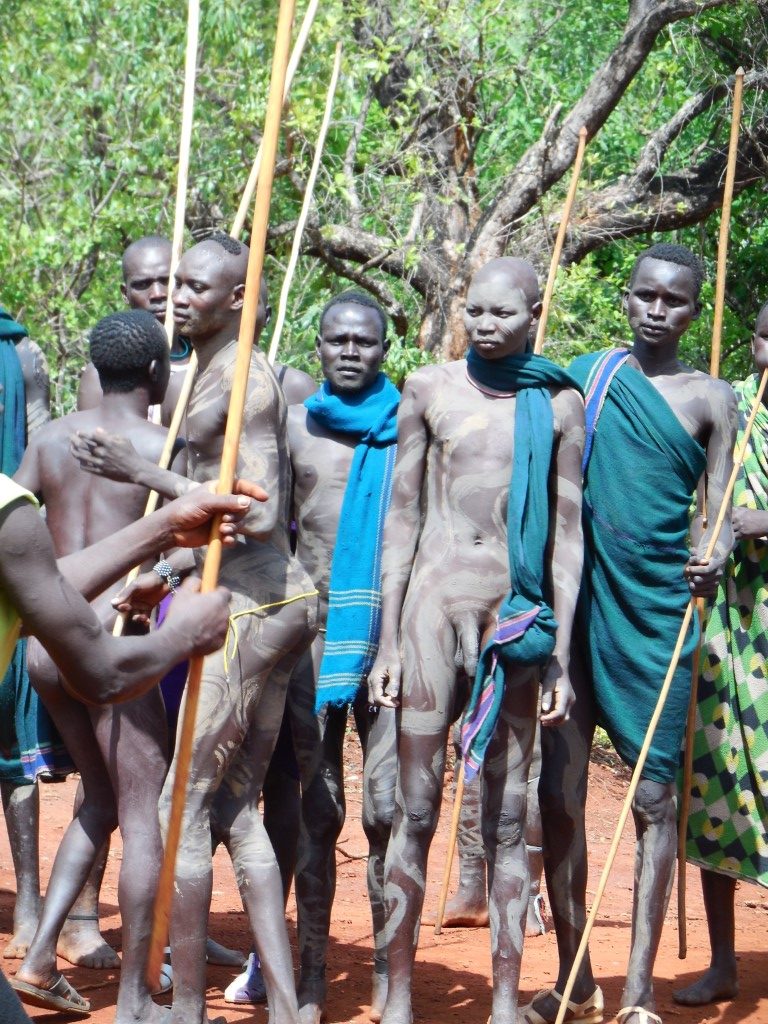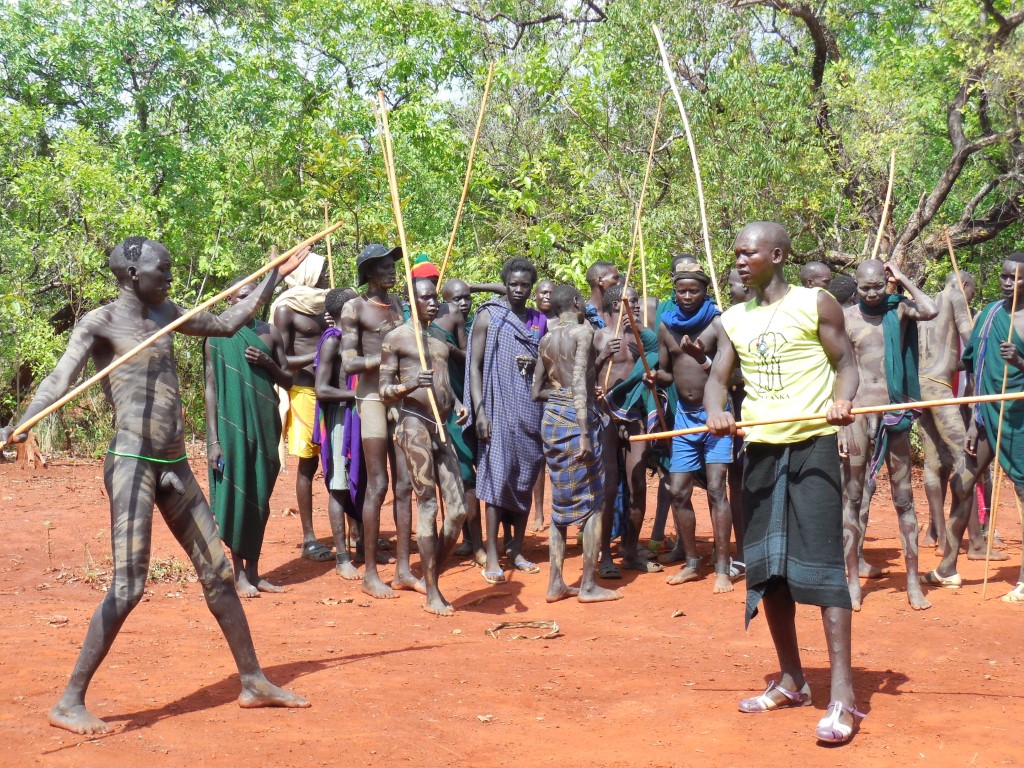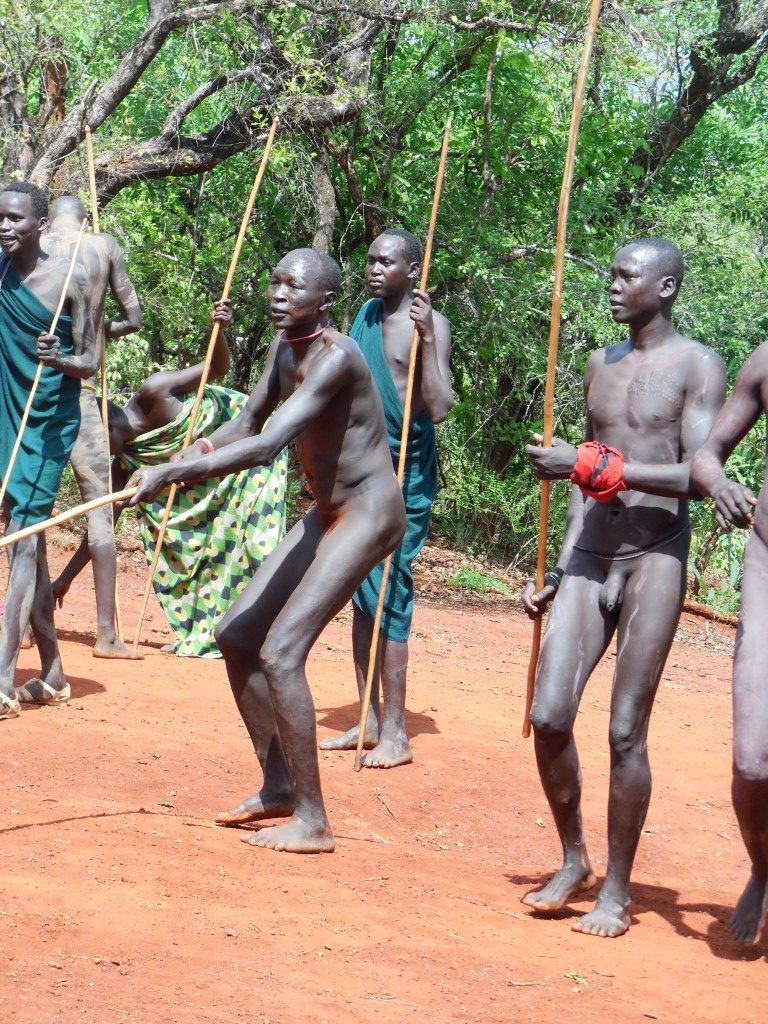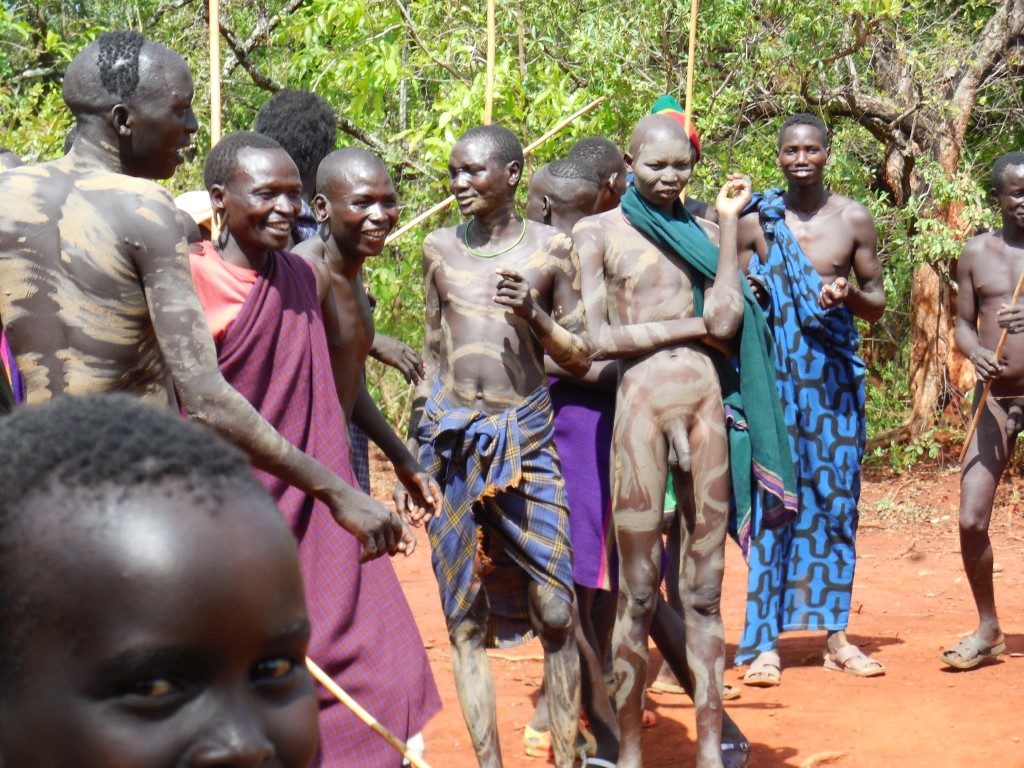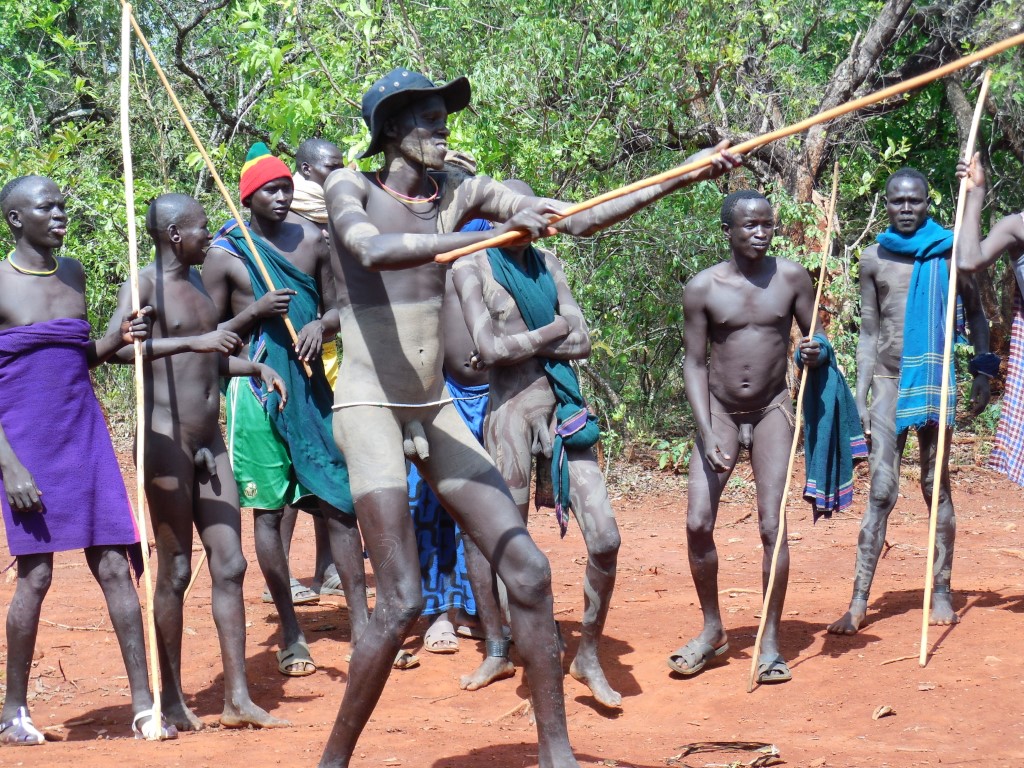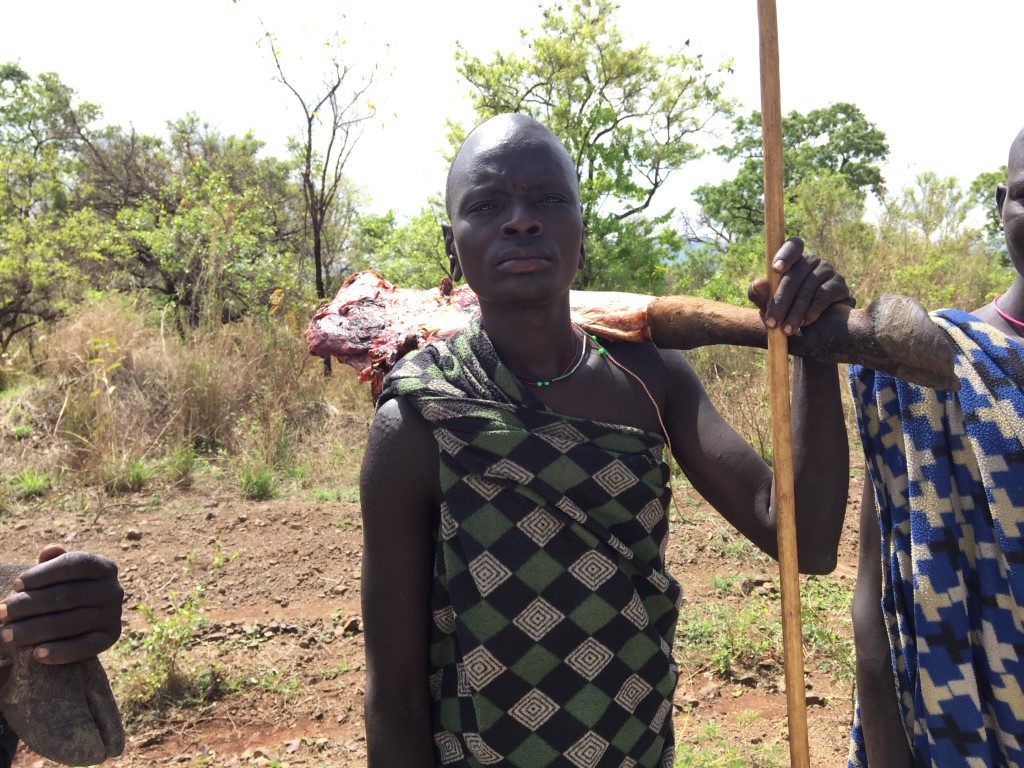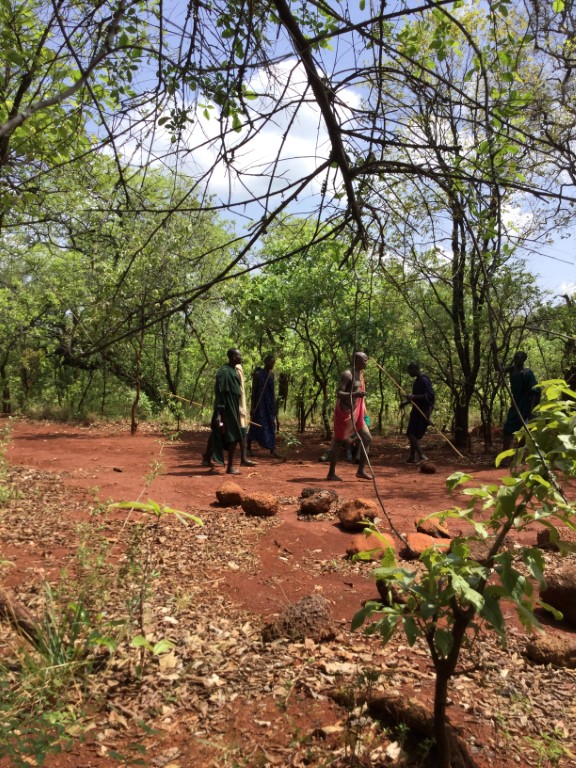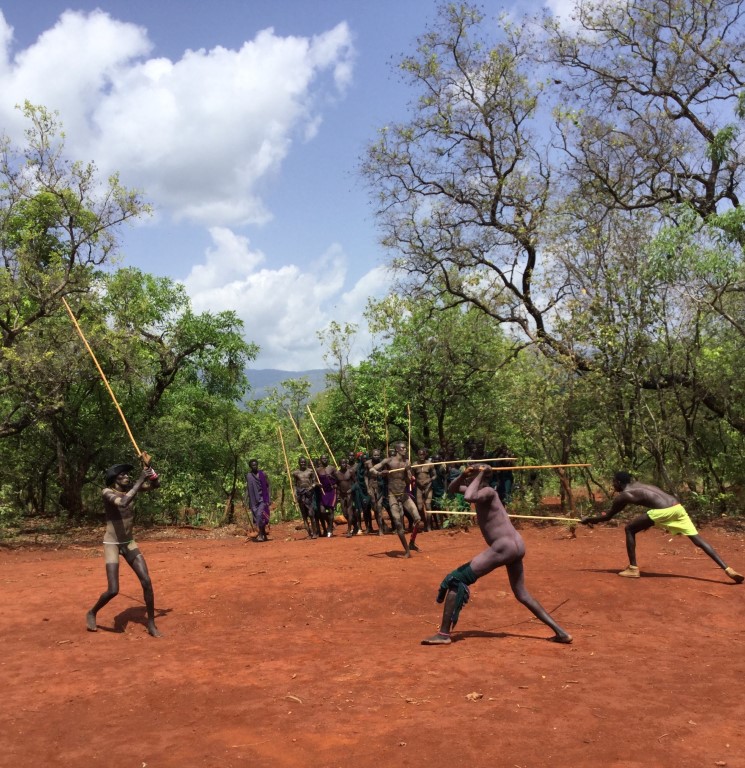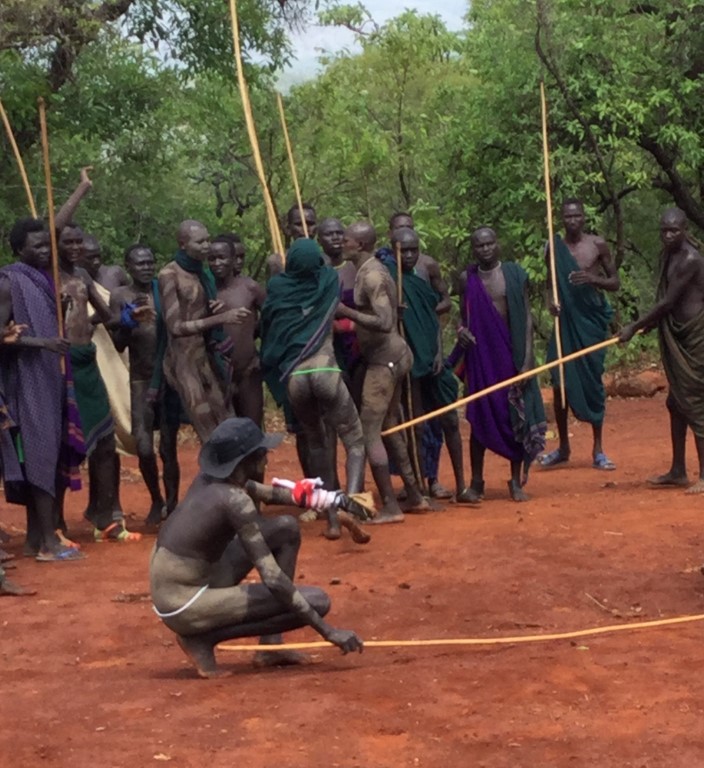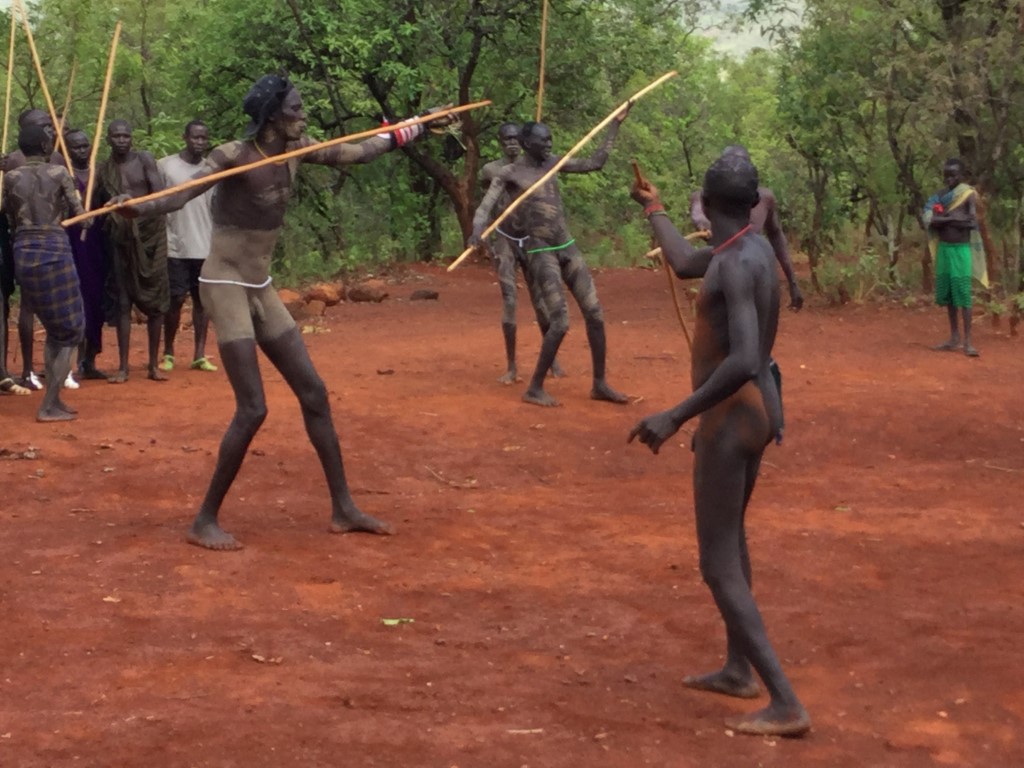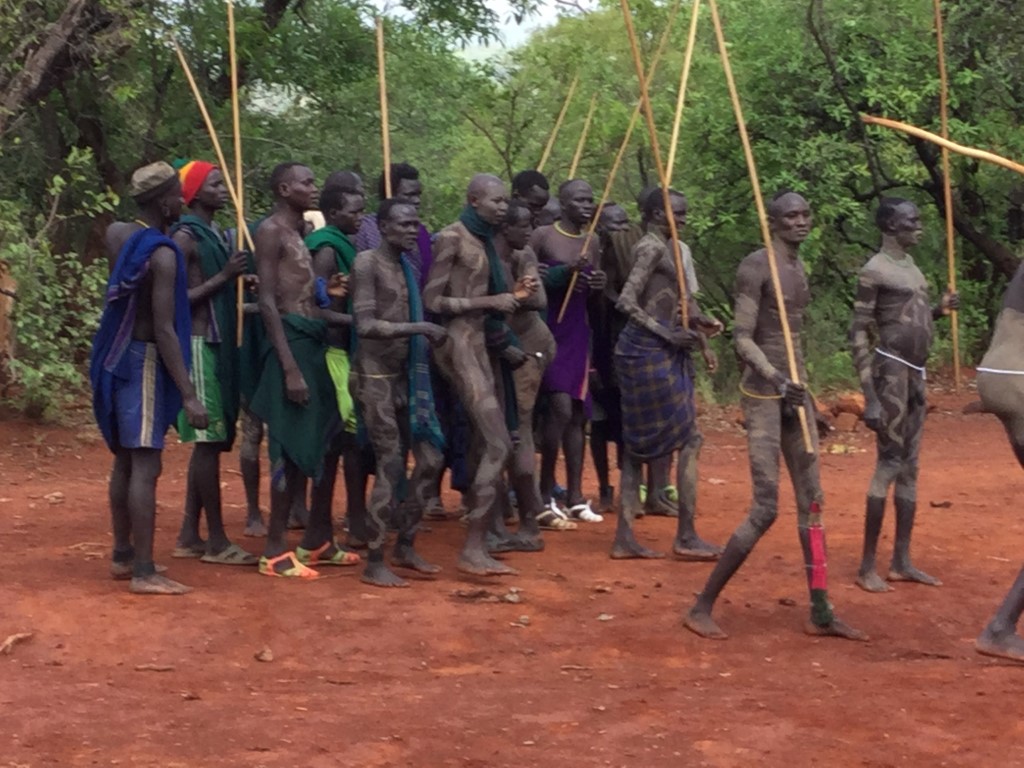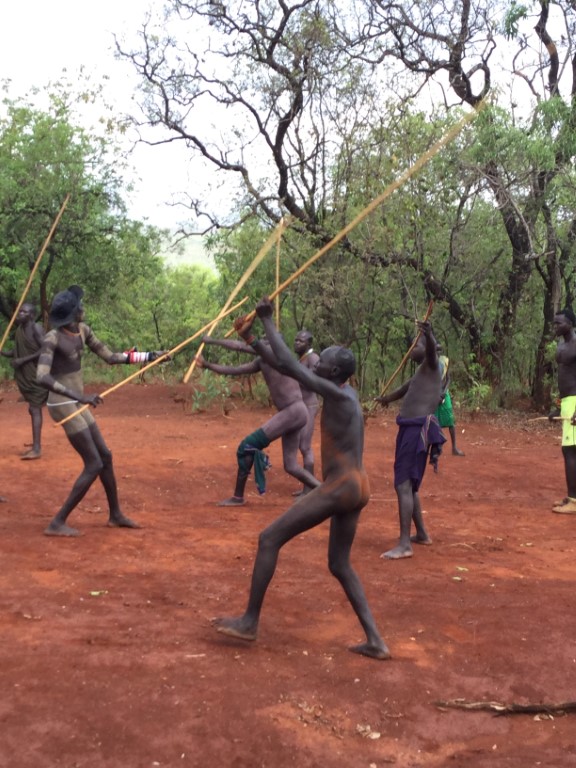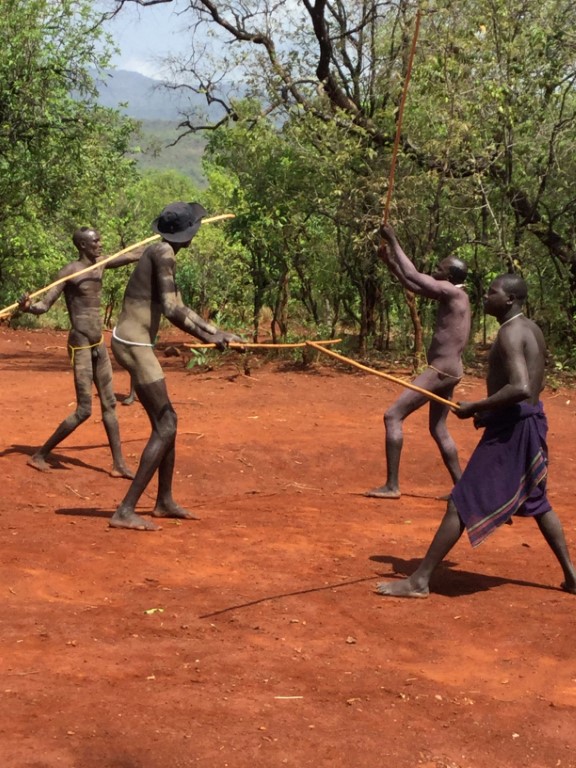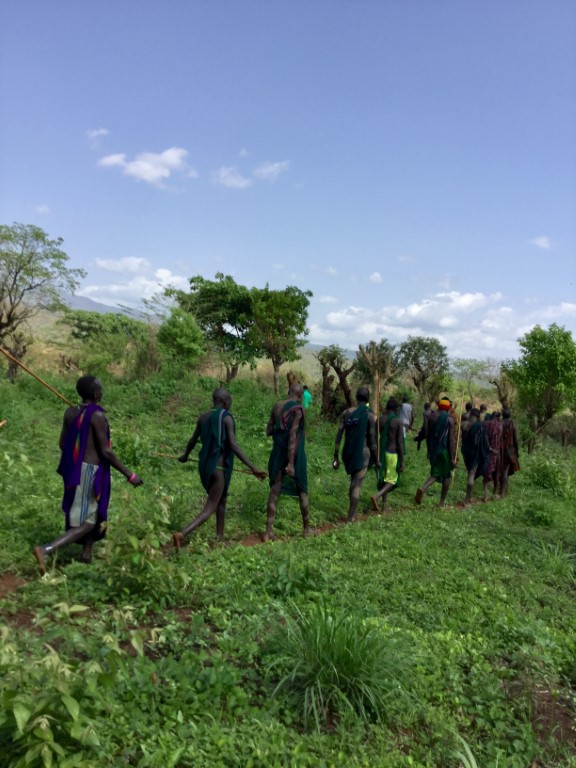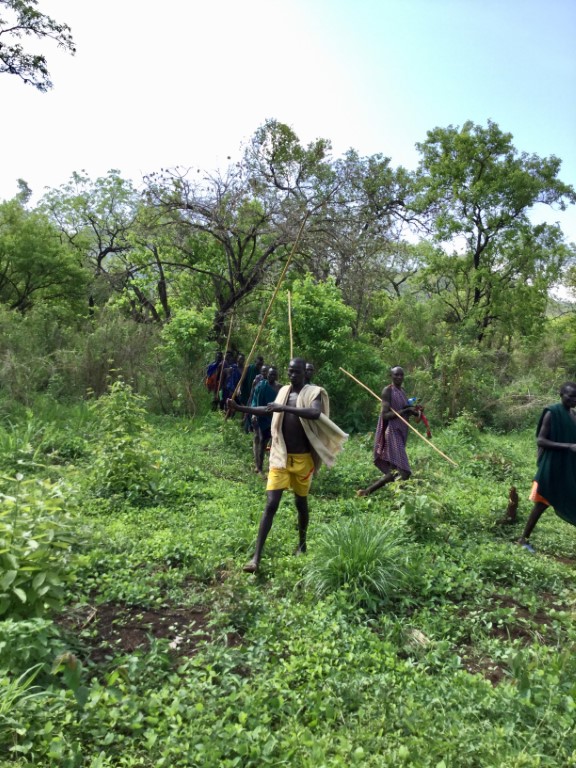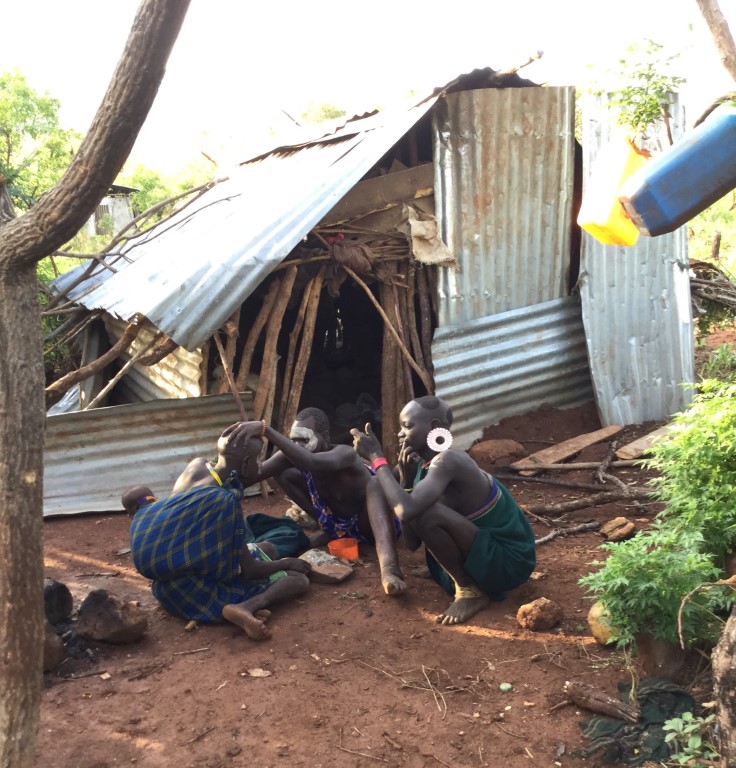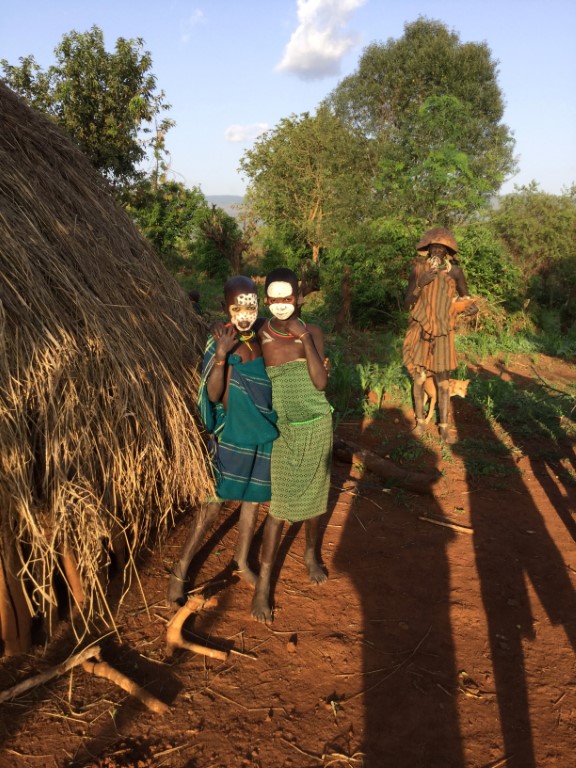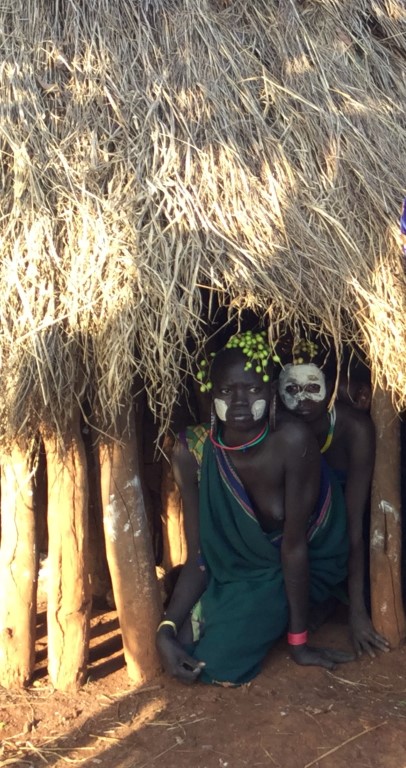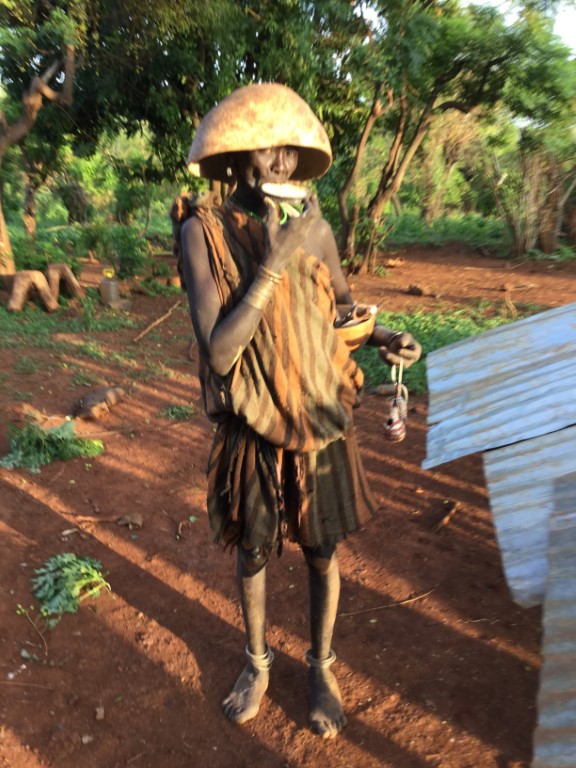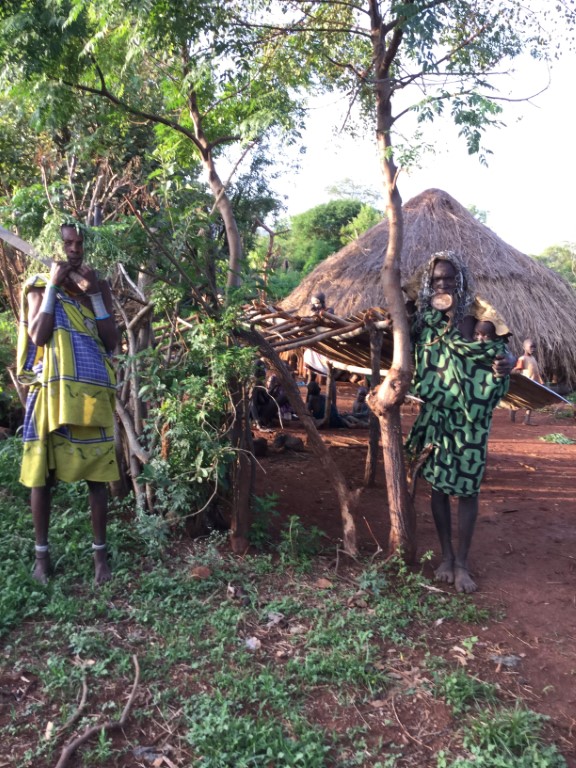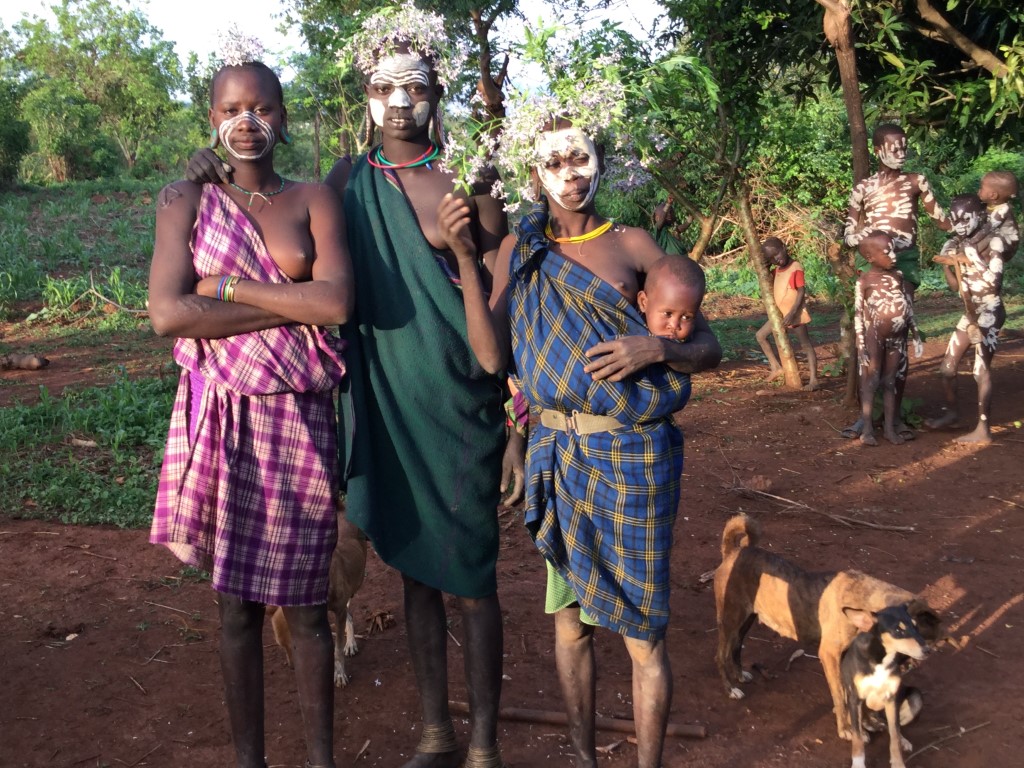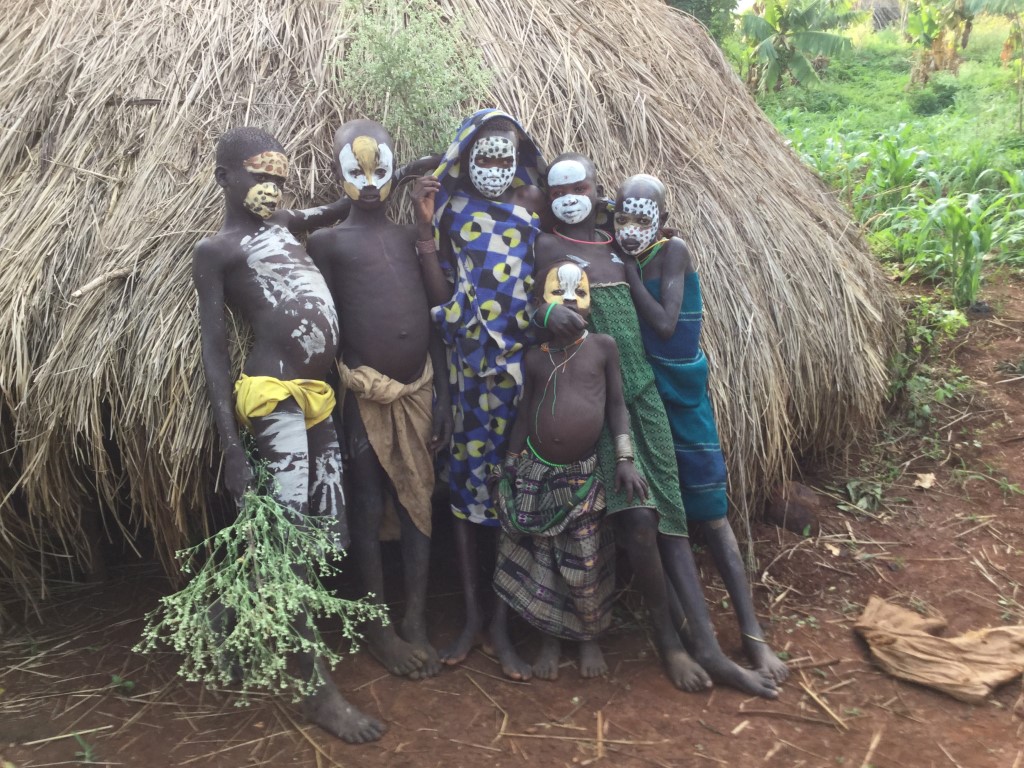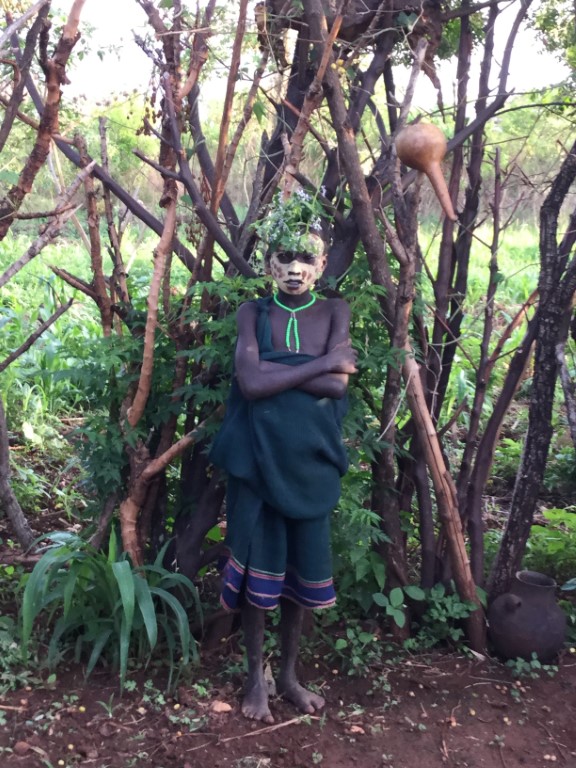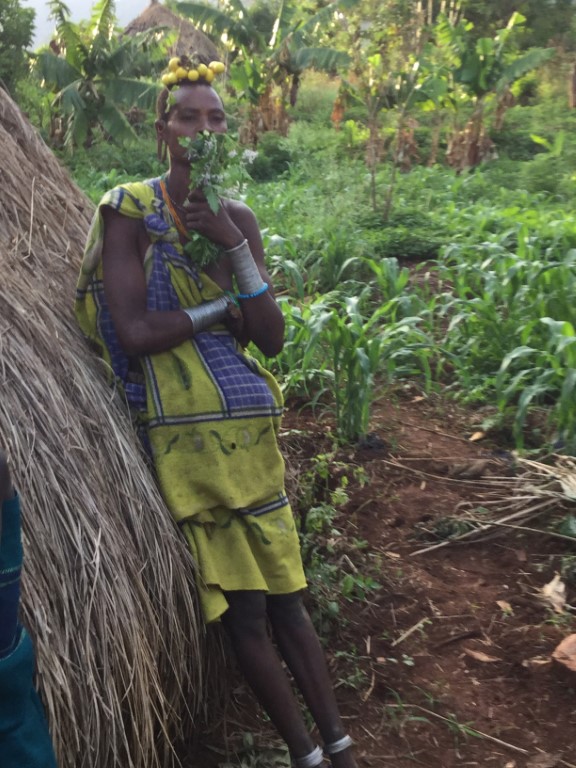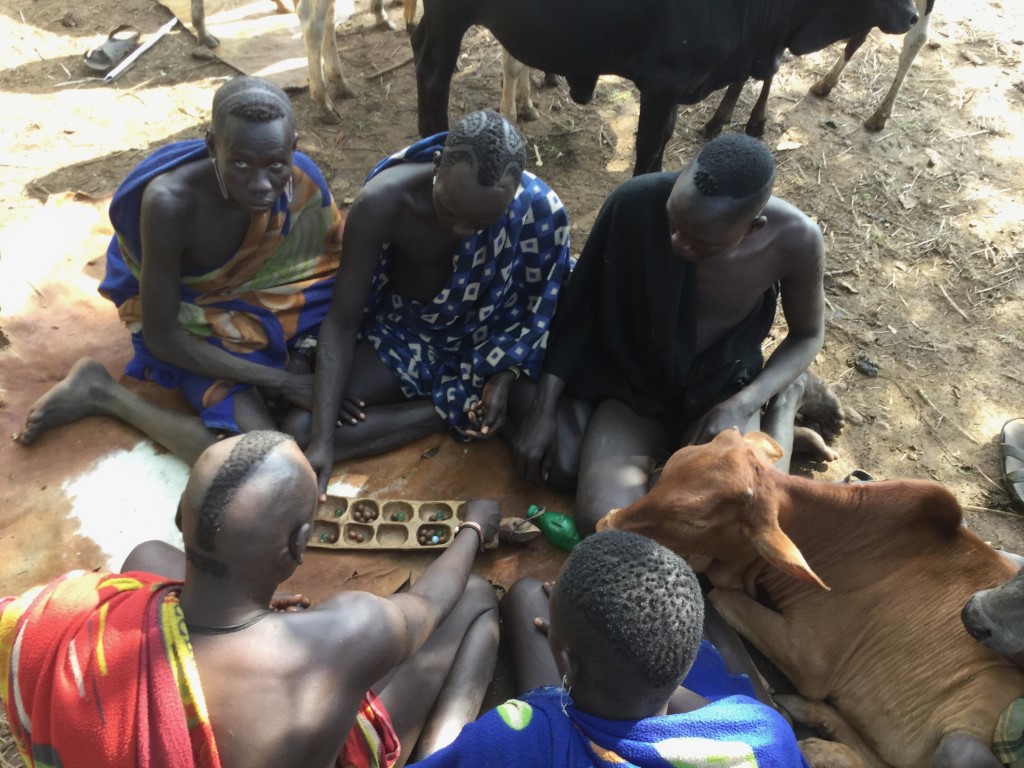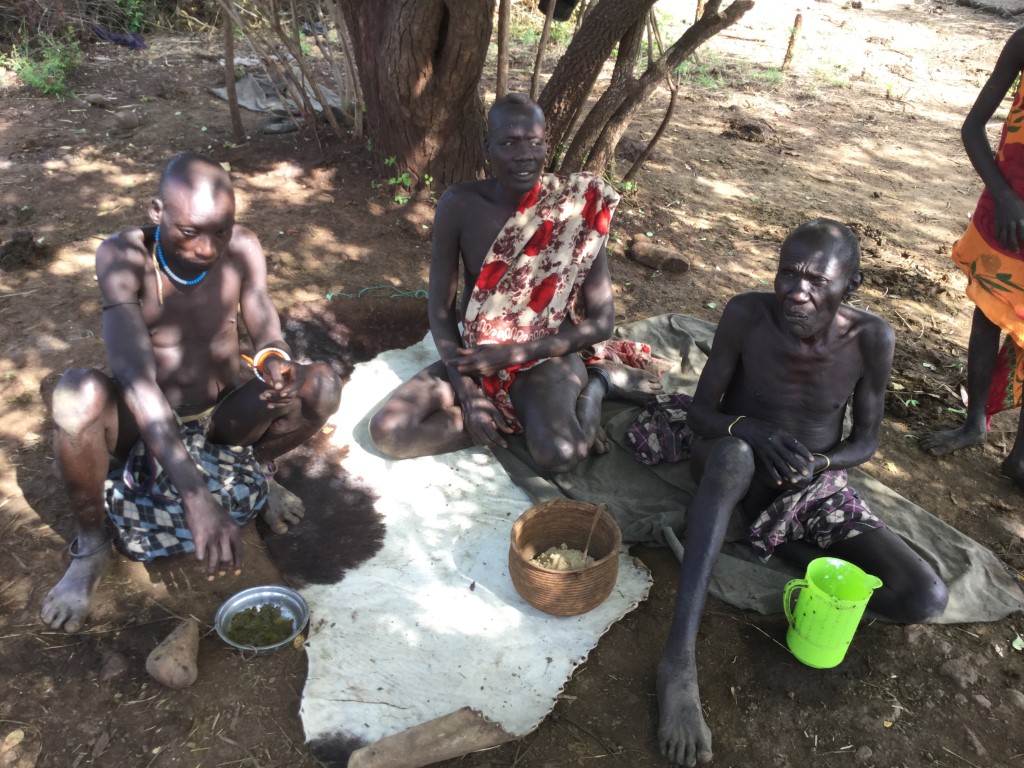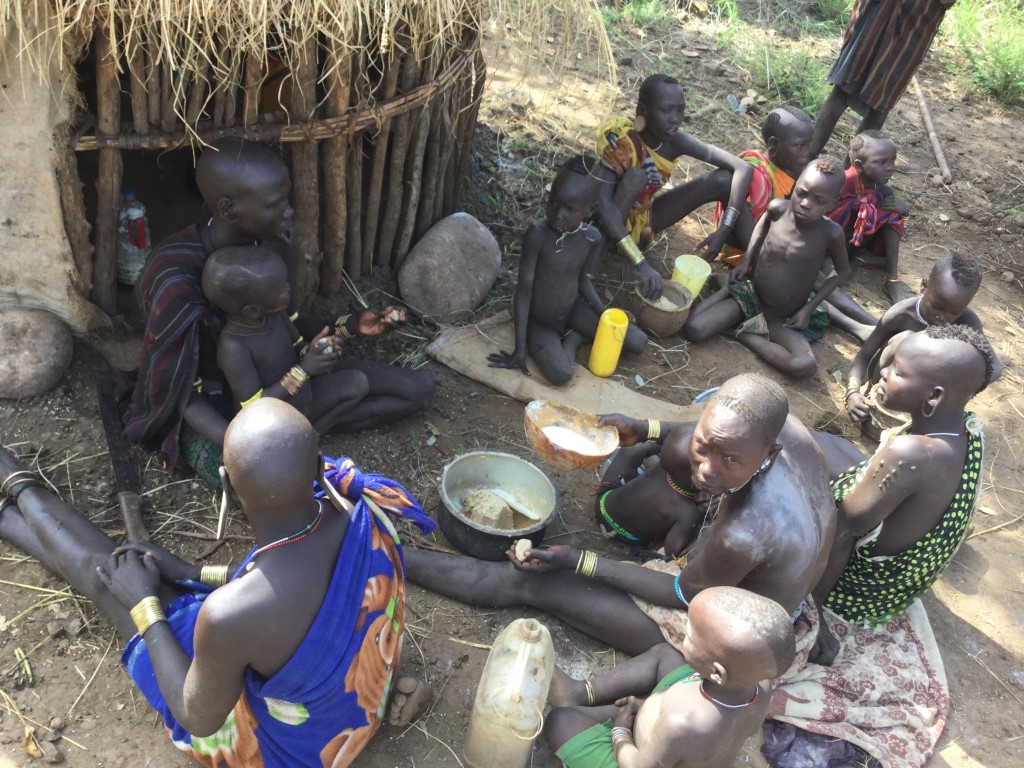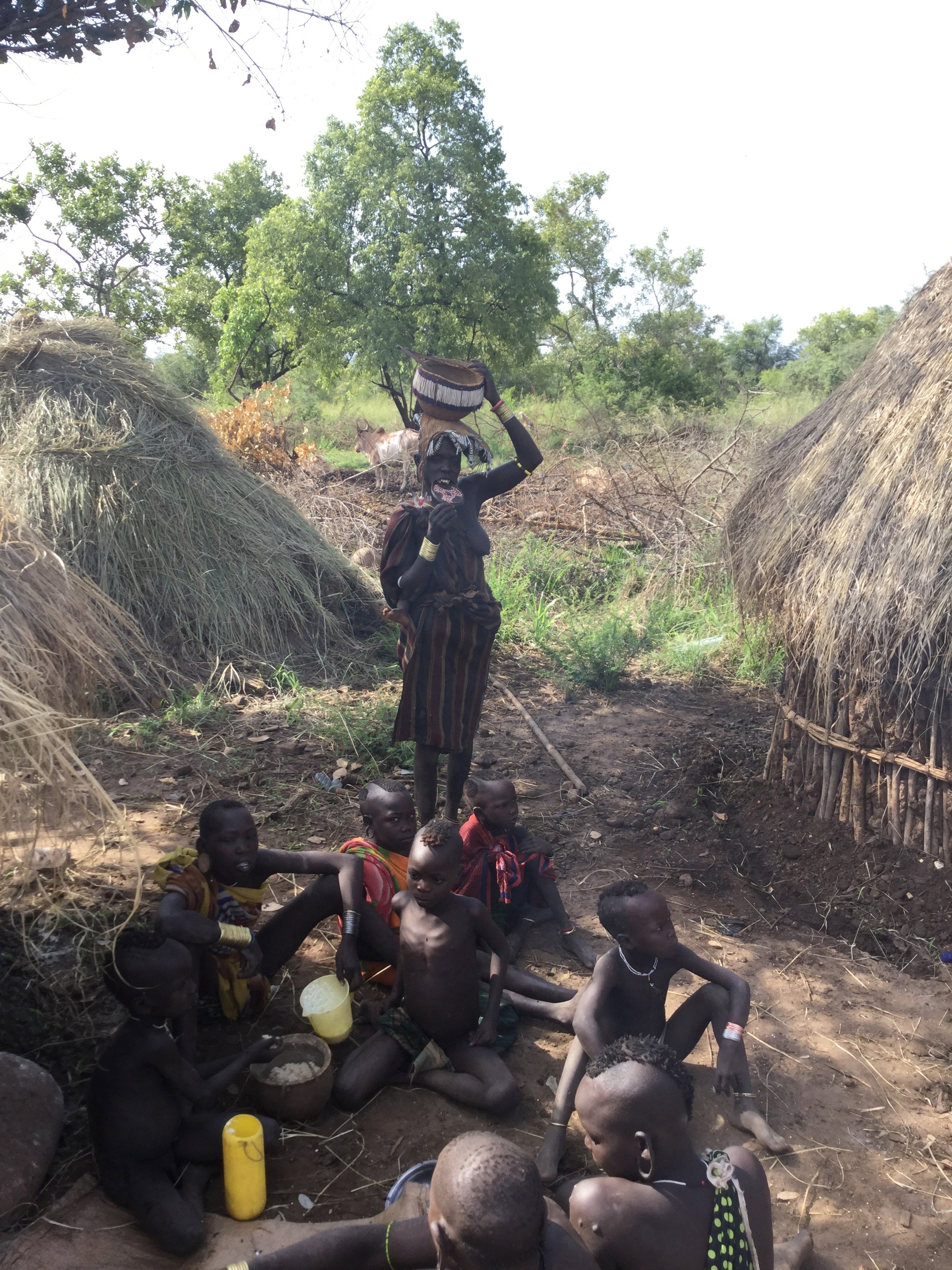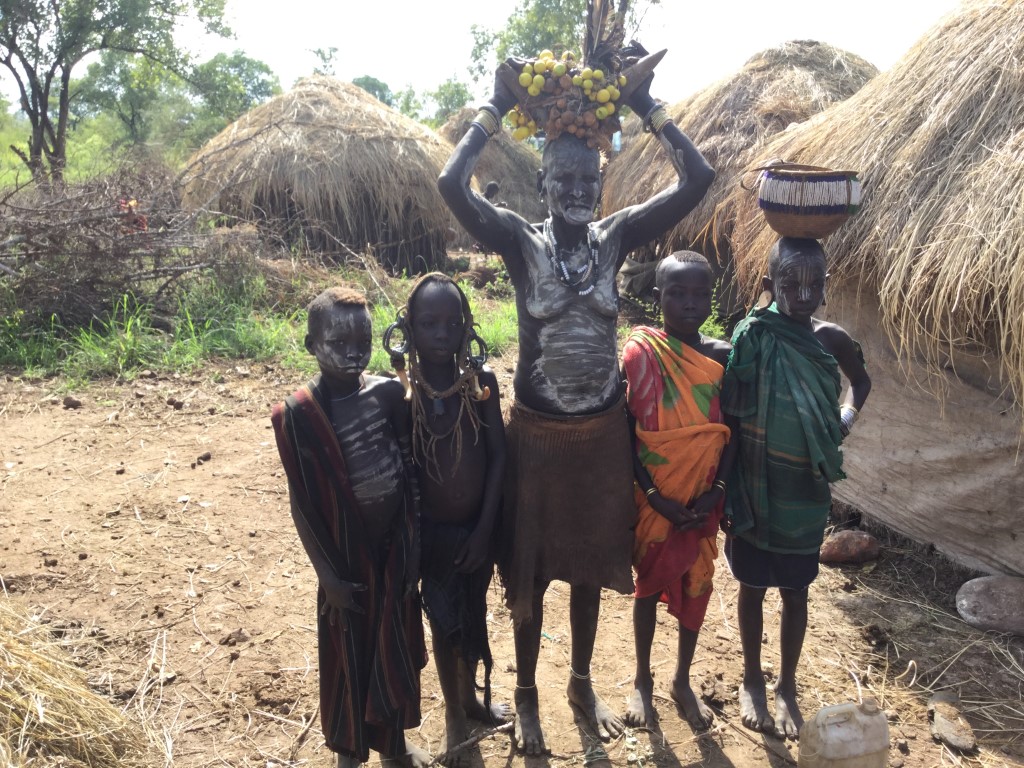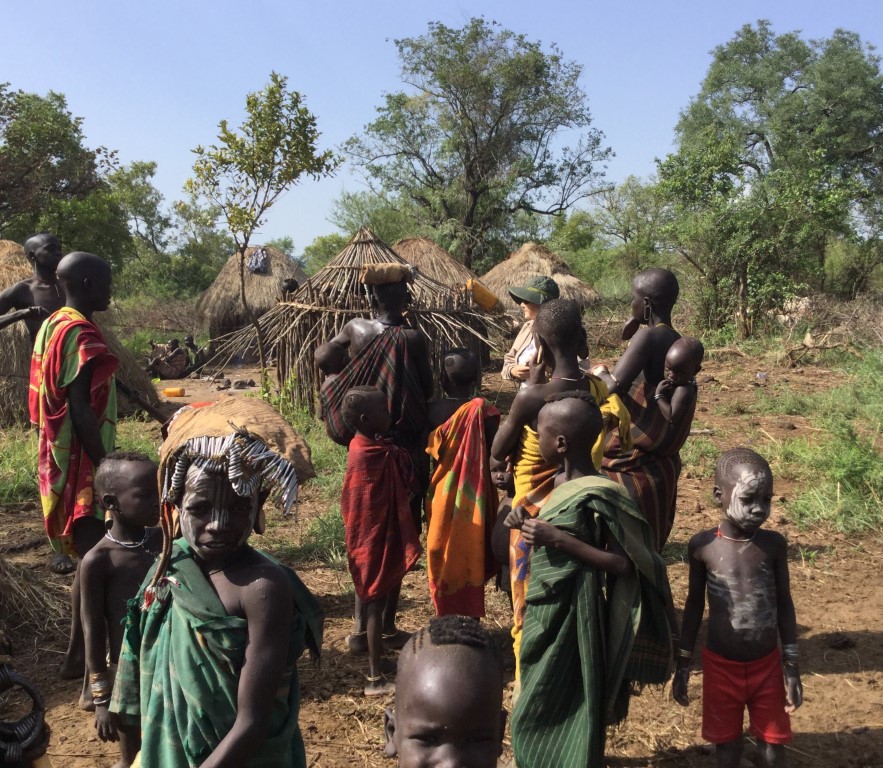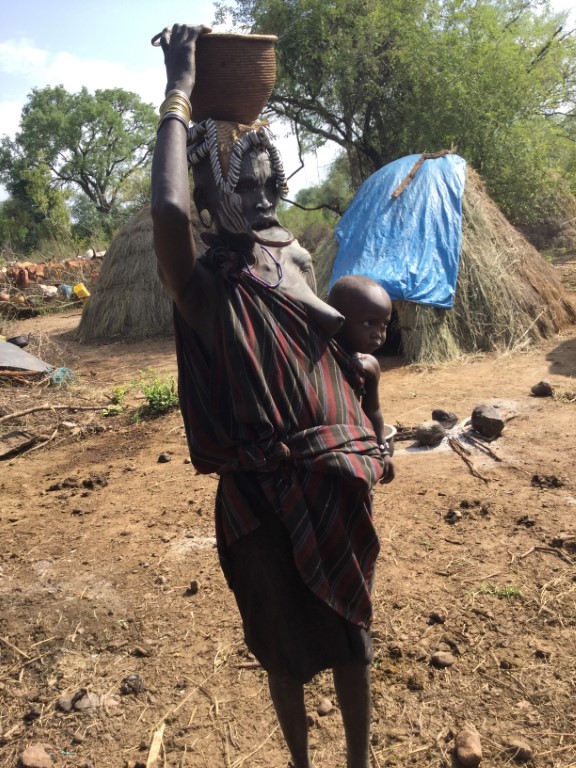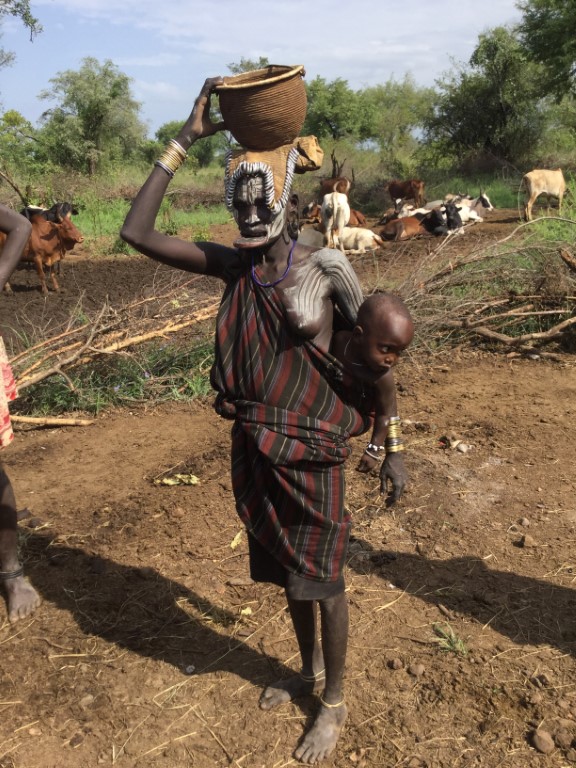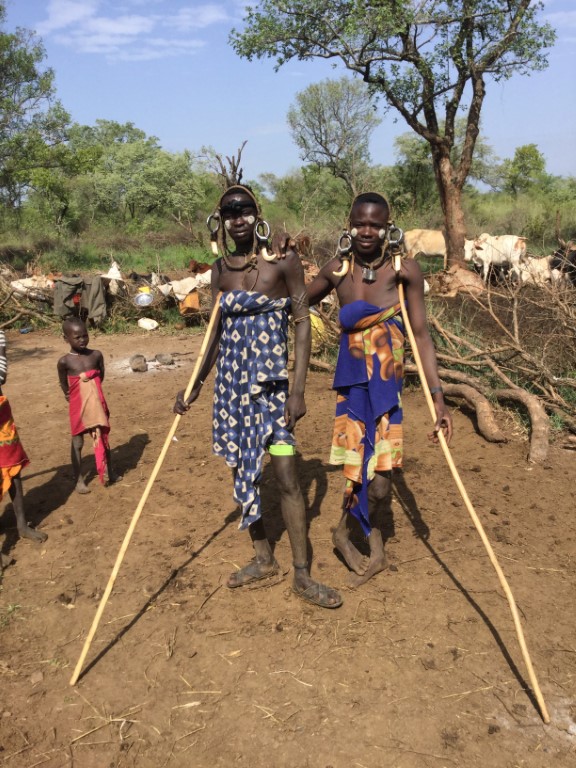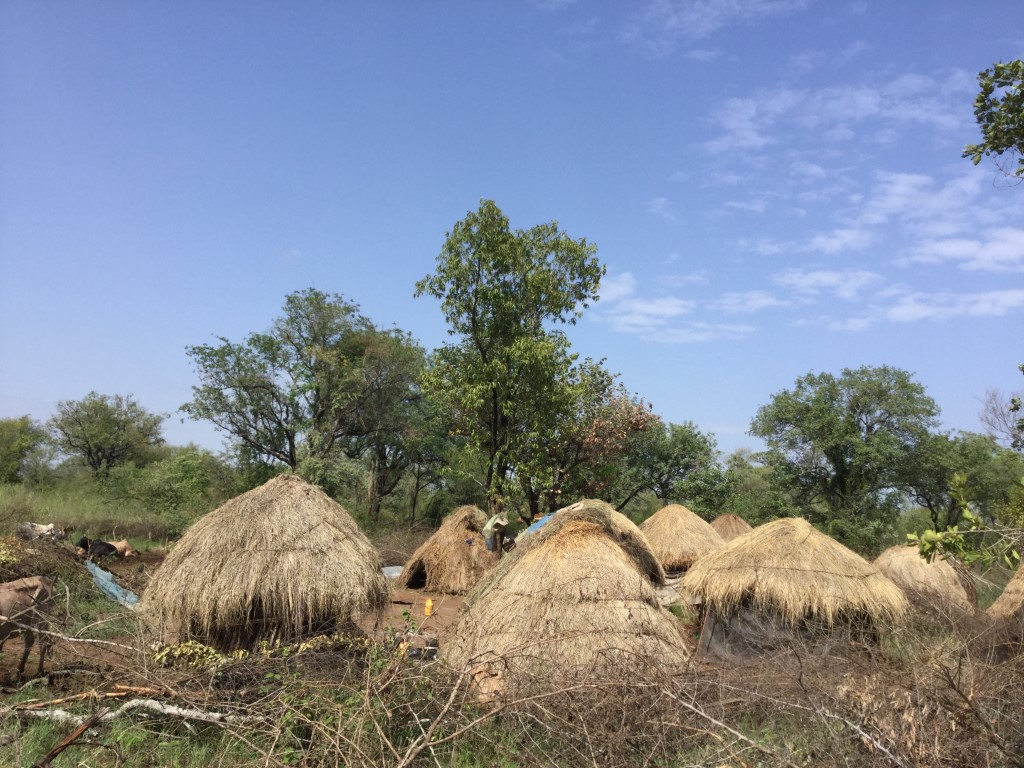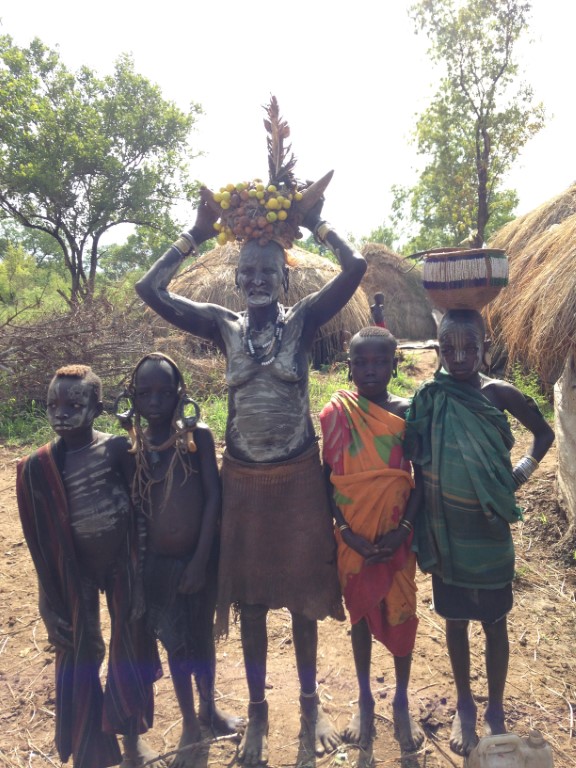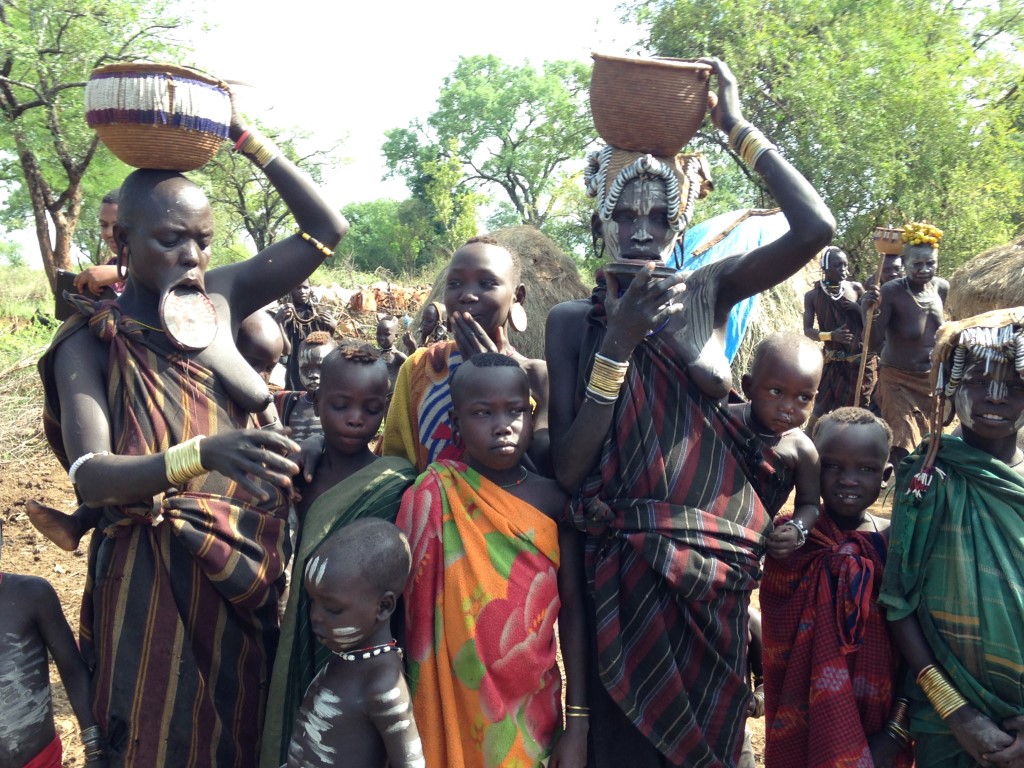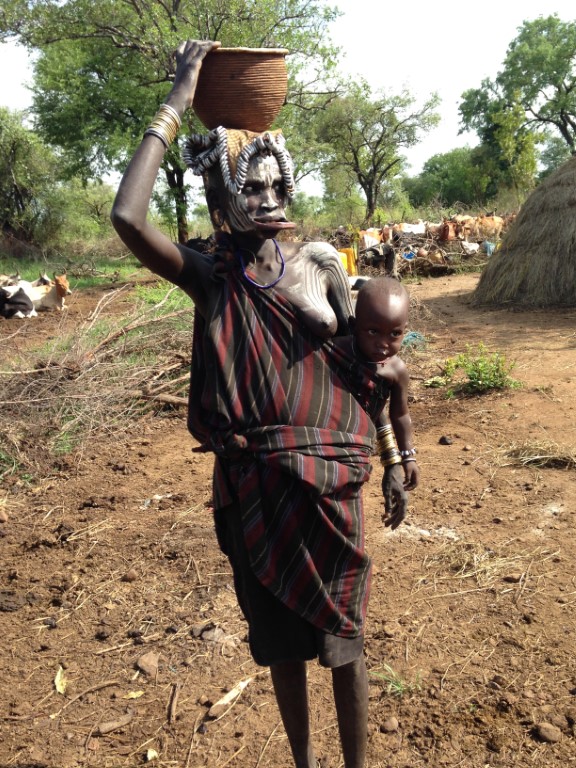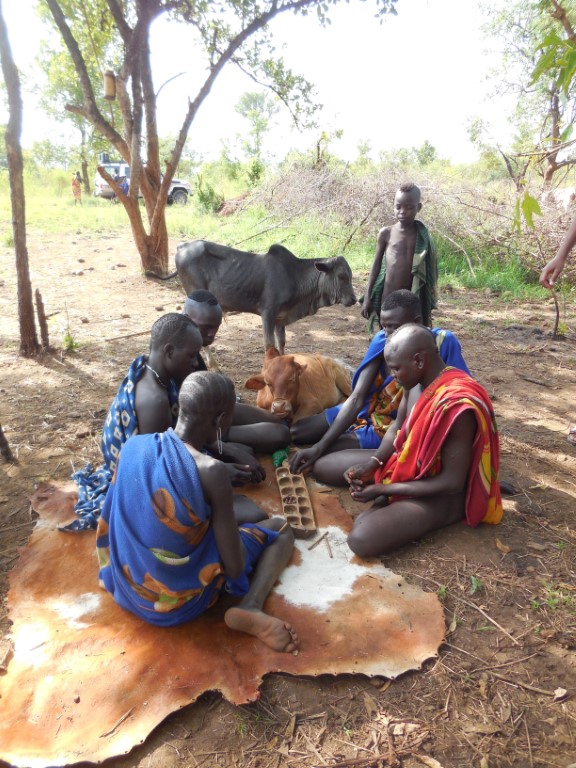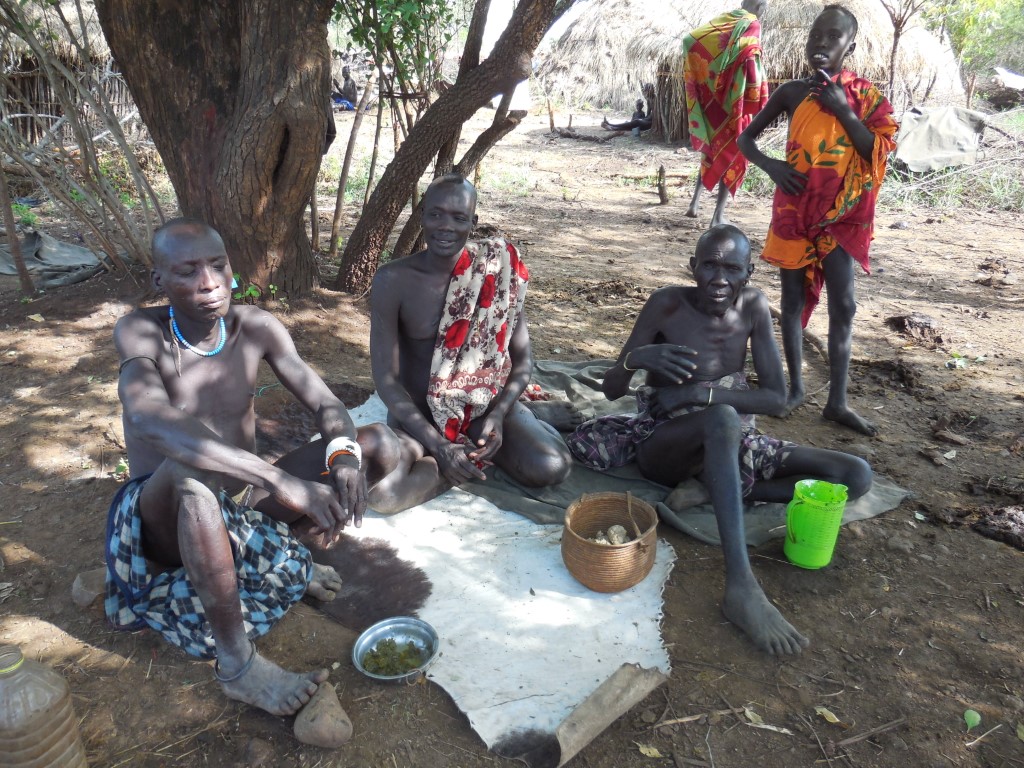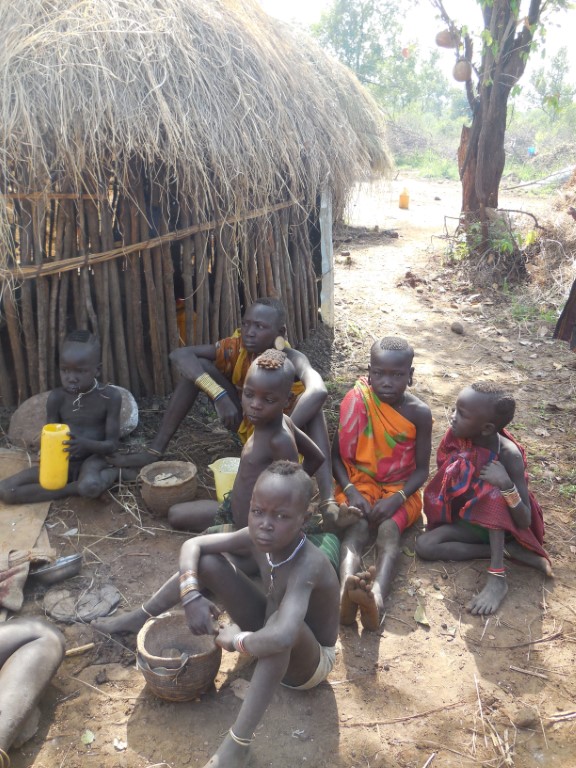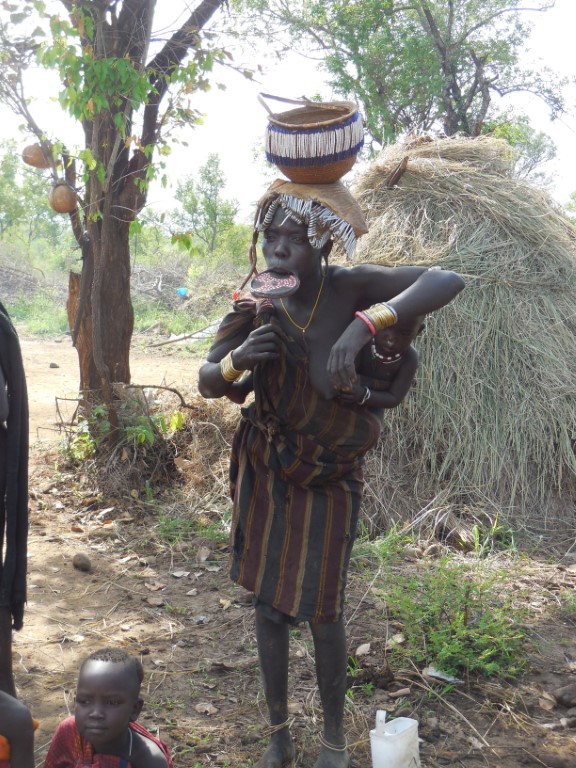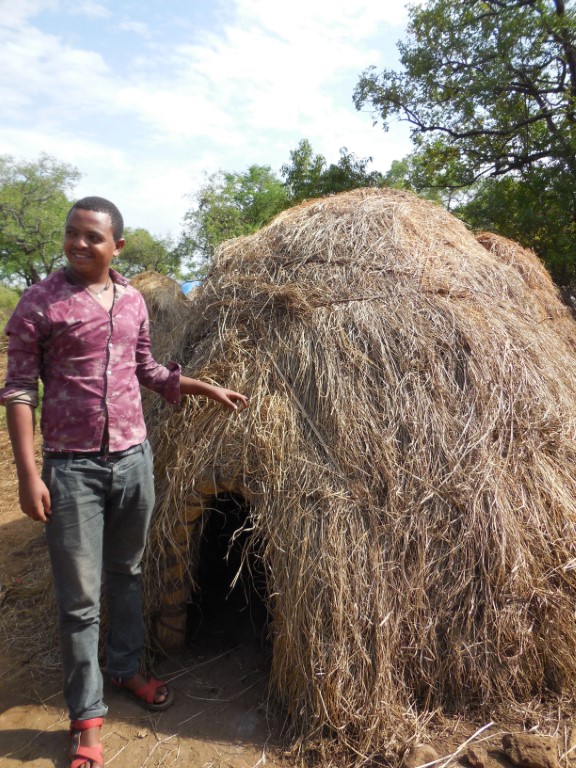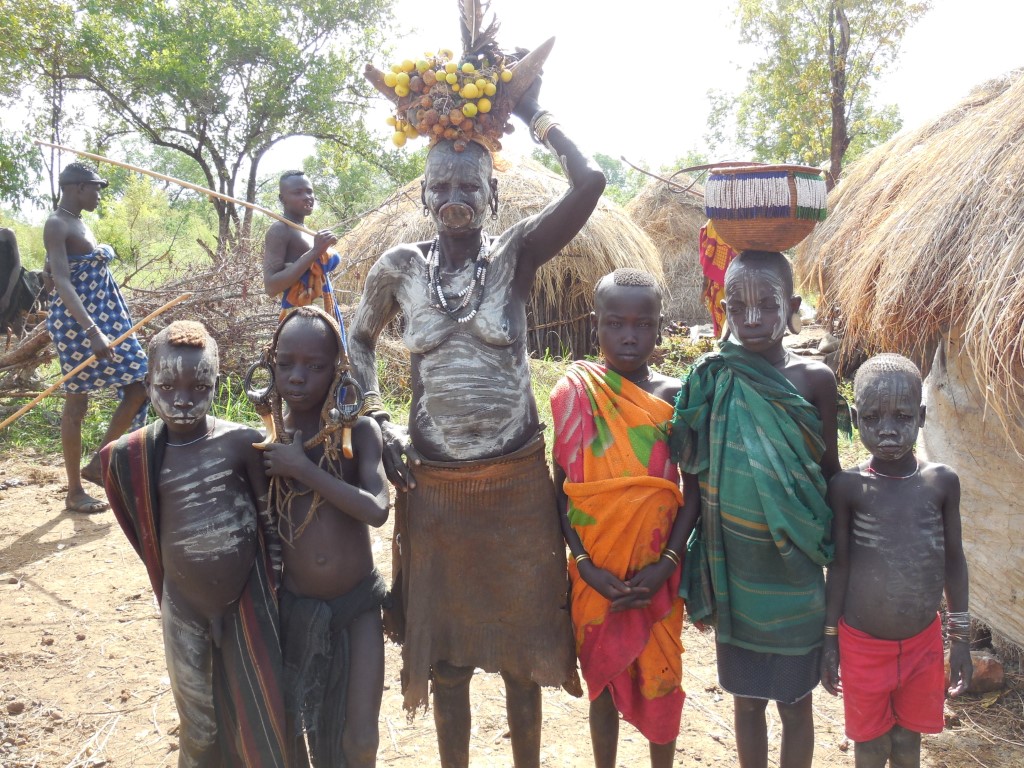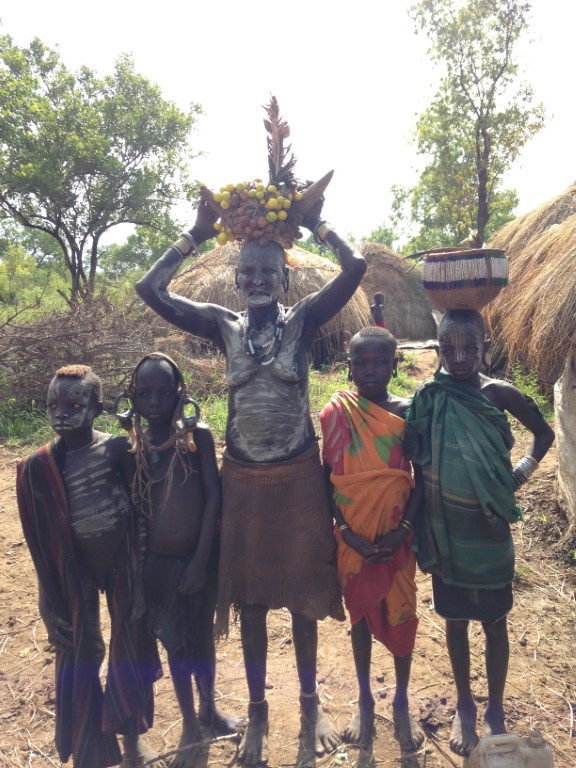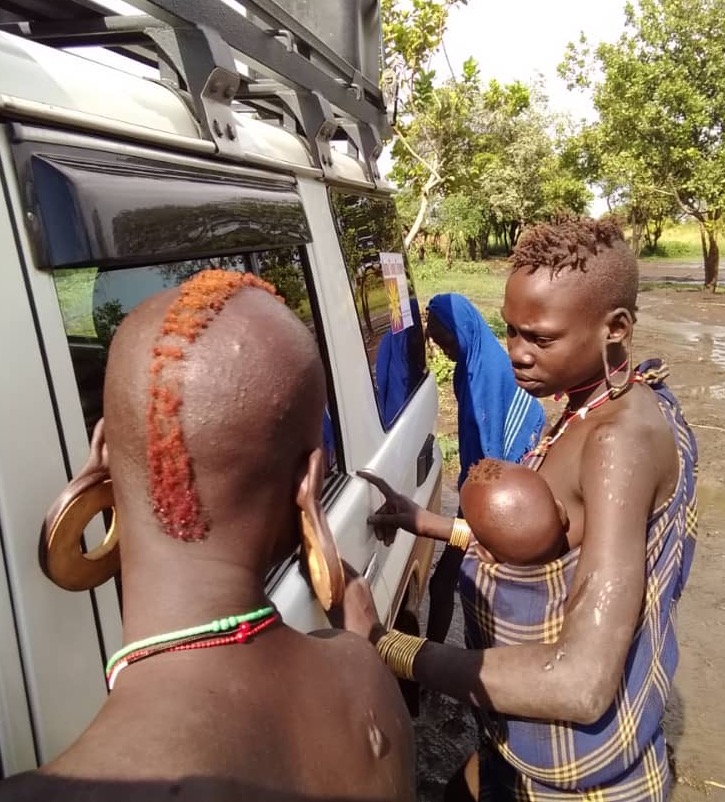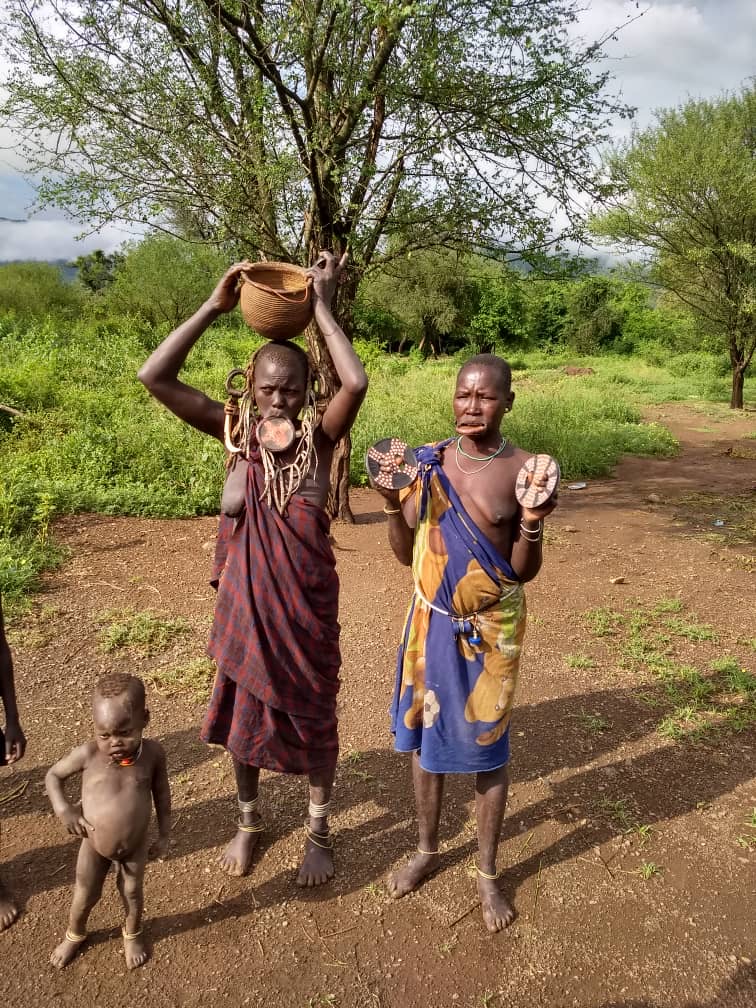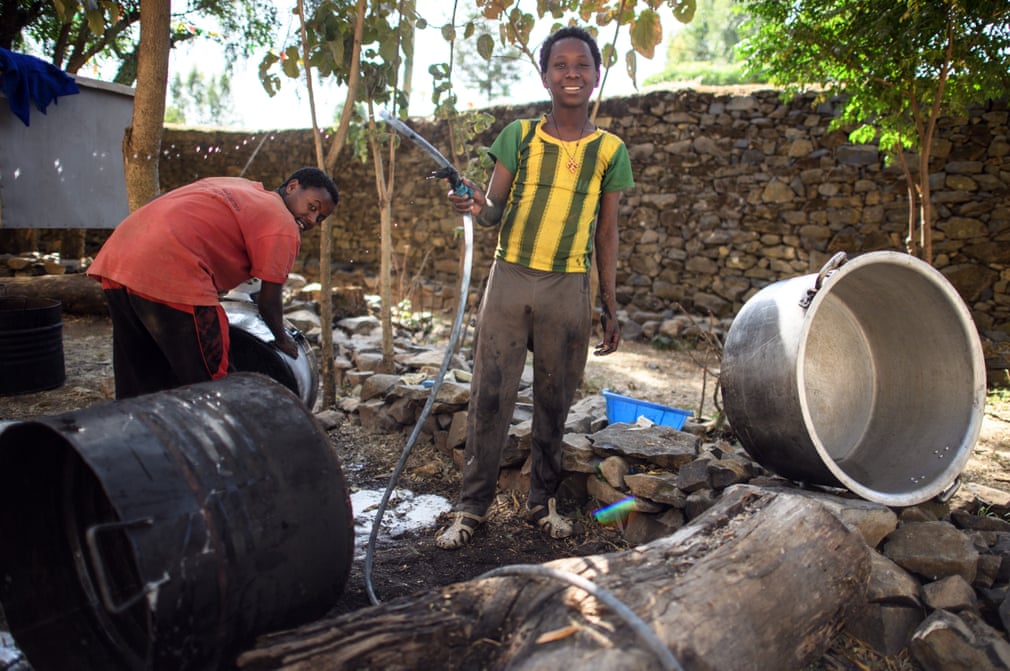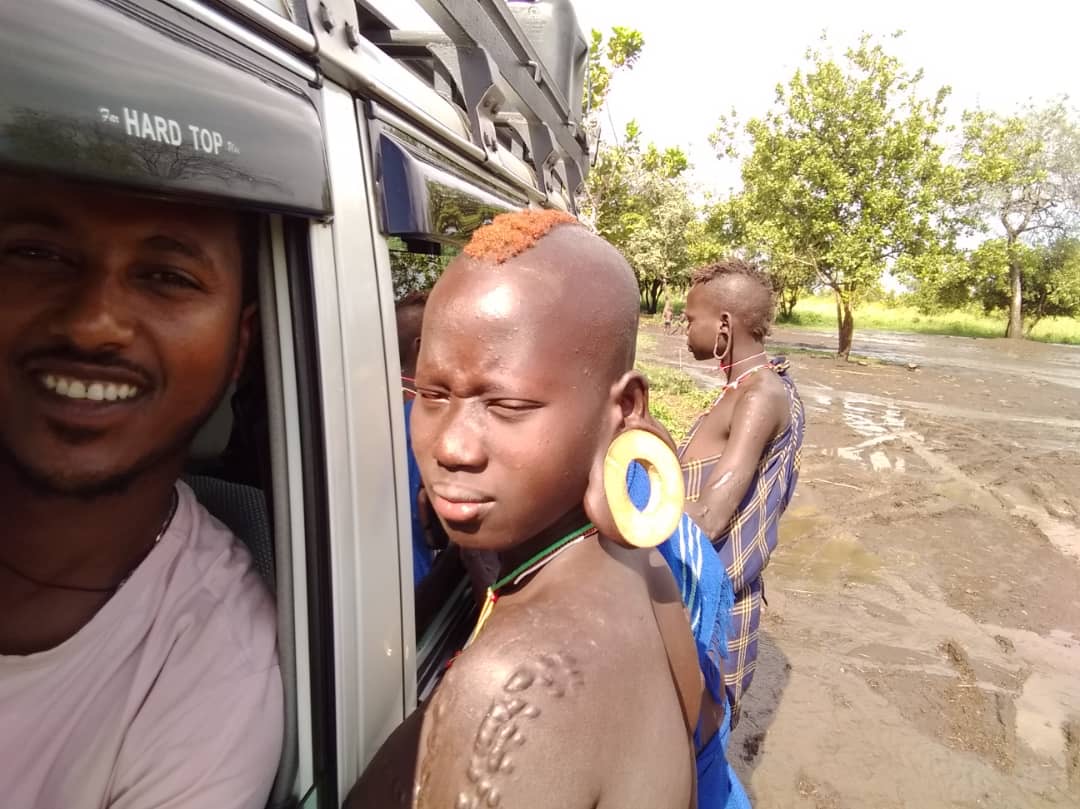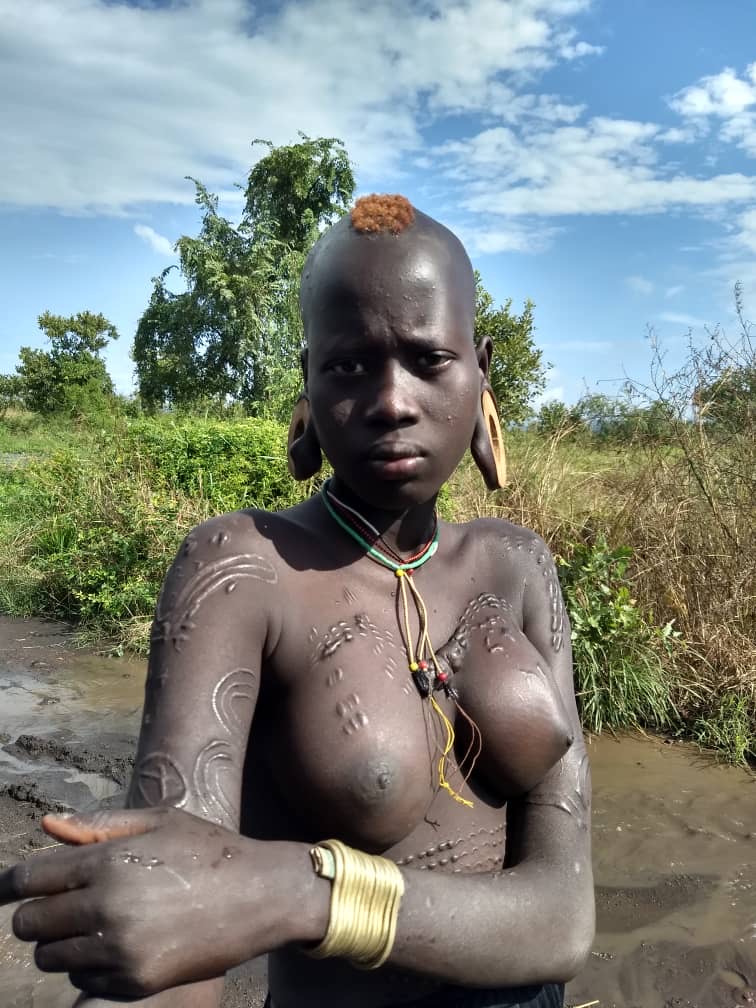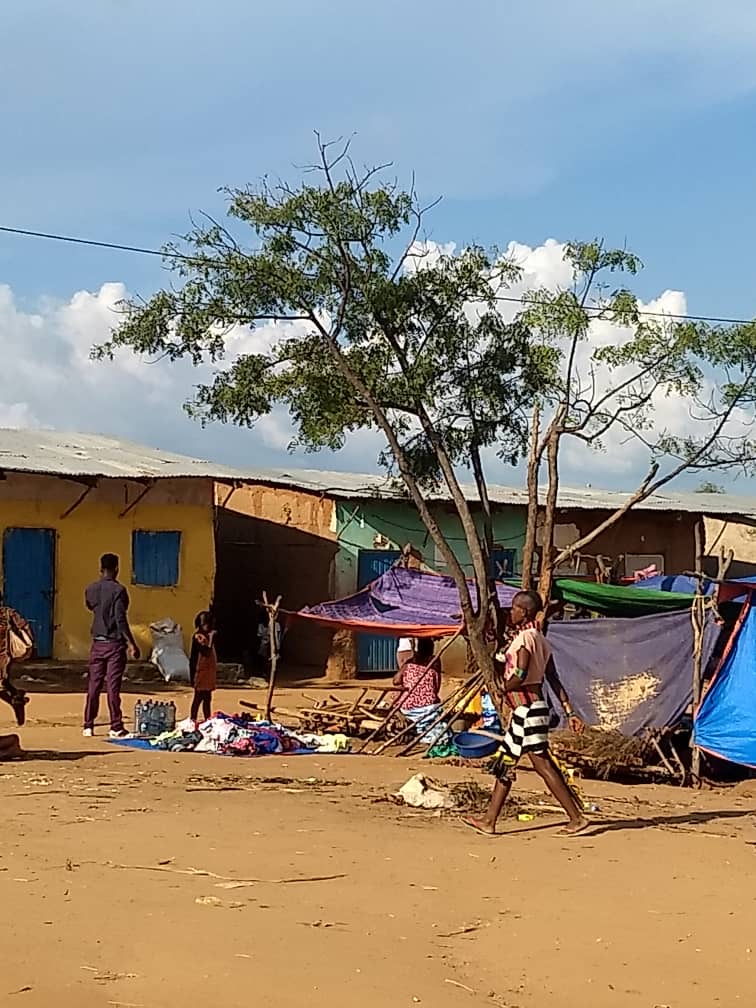Surmi TRIBE
The Southern Nations, Nationalities, and Peoples’ Region (abbreviated SNNPR) is one of the nine ethnically based regional states of Ethiopia. It was formed from the merger of five such regions (Regions 7 to 11) following the regional council elections on June 21st, 1992. Its capital is Awasa. The SNNPR borders Kenya to the South (including a small part of Lake Turkana), the Ilemi Triangle, a region claimed by Kenya and South Sudan, to the Southwest, South Sudan to the West, the Ethiopian Gambela region to the Northwest, and the Ethiopian Oromia Region to the North and East. Besides Awasa, the region’s major cities and towns include Sodo, Arba Minch, Bonga, Chencha, Dila, Irgalem, Mizan Teferia, Wendo, Welkite, Durame, Hosaene and Worabe. Suri or Surma is the traditional local name for the people living in that region. Geographically, Surma is one of the districts the SNNPR, with the small town of Kibish featuring as its capital.
MURSI TRIBE
The Mursi are a Nilotic agro-pastoralist ethnic group living in the Debub Omo Zone of the Southern Nations, Nationalities and Peoples’ Region of Ethiopia (‘Nilotic” referring to peoples indigenous to the Nile Valley who speak Nilotic languages). Surrounded by mountains between the Omo River and its tributary the Mago, the home of the Mursi is a rather isolated area of the country, close to the South Sudan border. Due to the climate, they move twice a year between the winter and summer months. They herd cattle for meat and milk and grow crops along the banks of the Omo River. Unfortunately, they often face drought, which weakens their crops and cattle herds. Mursi people became Ethiopian citizens in the nineteenth century, when Emperor Menelik II established the modern borders. There are less than 10,000 Mursi people left in the world, grouped into 18 different clans. Poligamy is accepted in Mursi marriage, but not too common, since it depends on the wealth of the man. He has to pay the bridal price for each woman he marries. Women, if not all, wear lip plate size. A young unmarried girl will have her lip cut and held open by a wooden plug until she reaches the age of 15 or 16. It is up to the individual to pick lip plate size, but it is assumed that the larger the lip plate, the more bride-wealth the female has.

